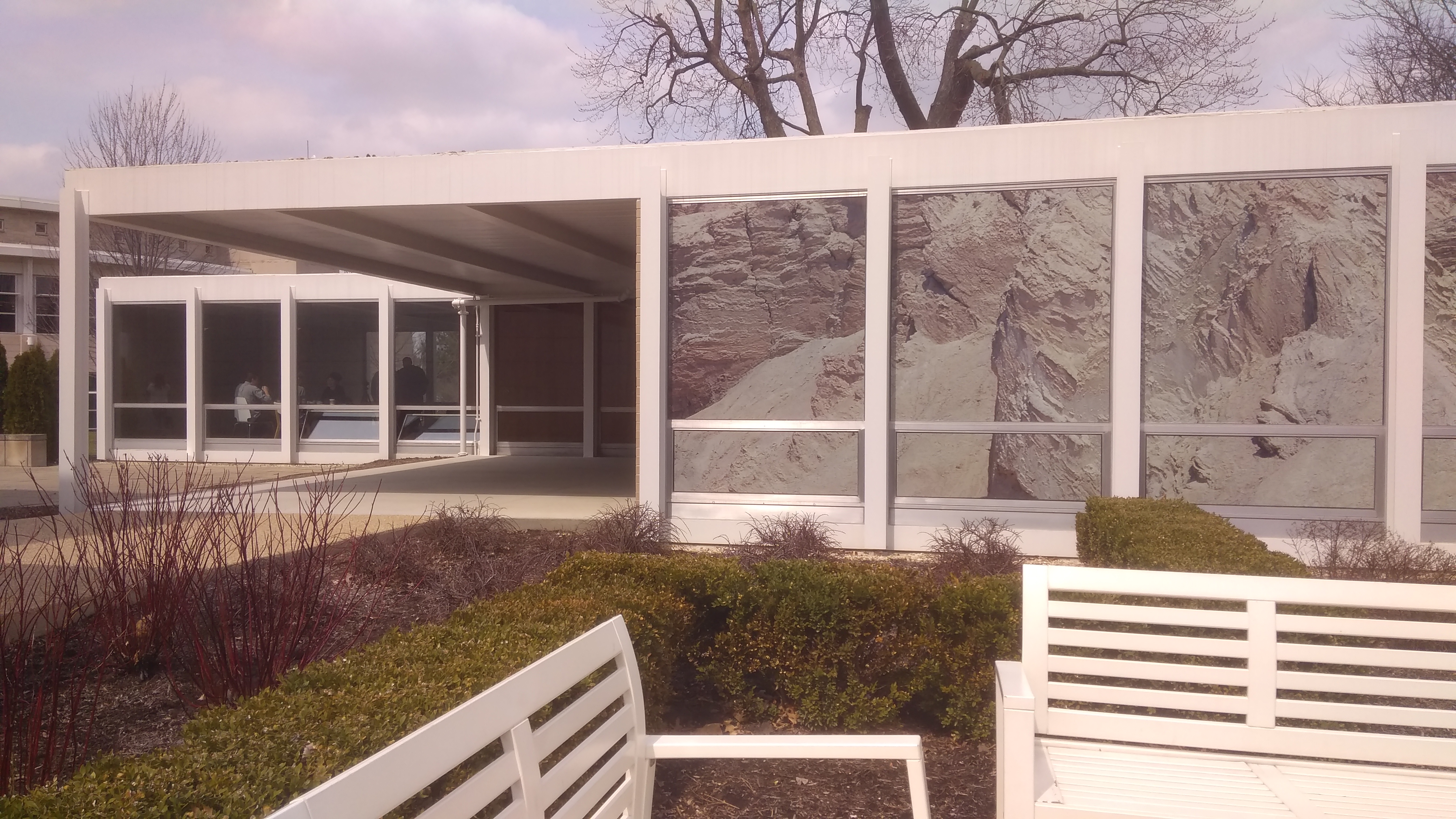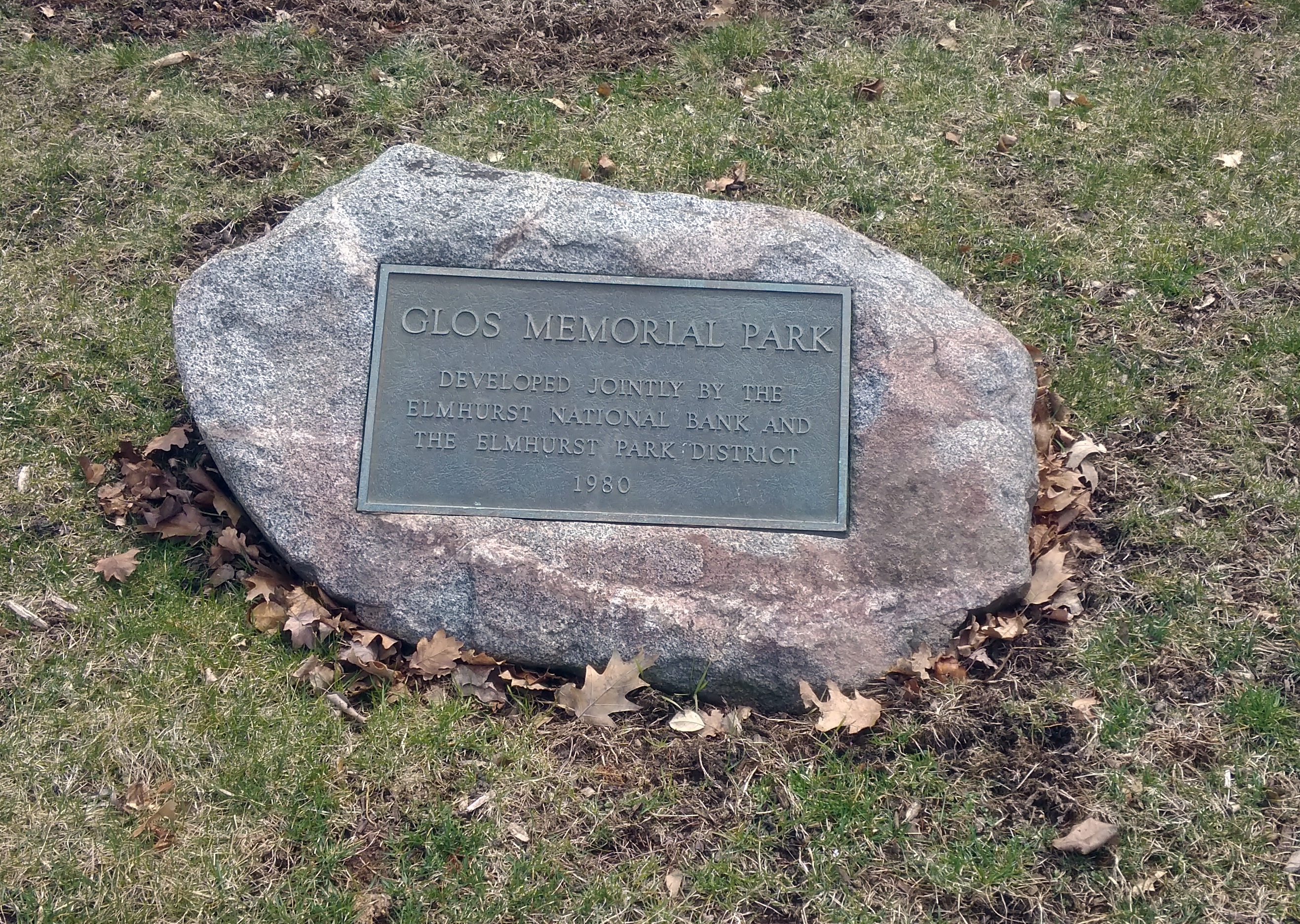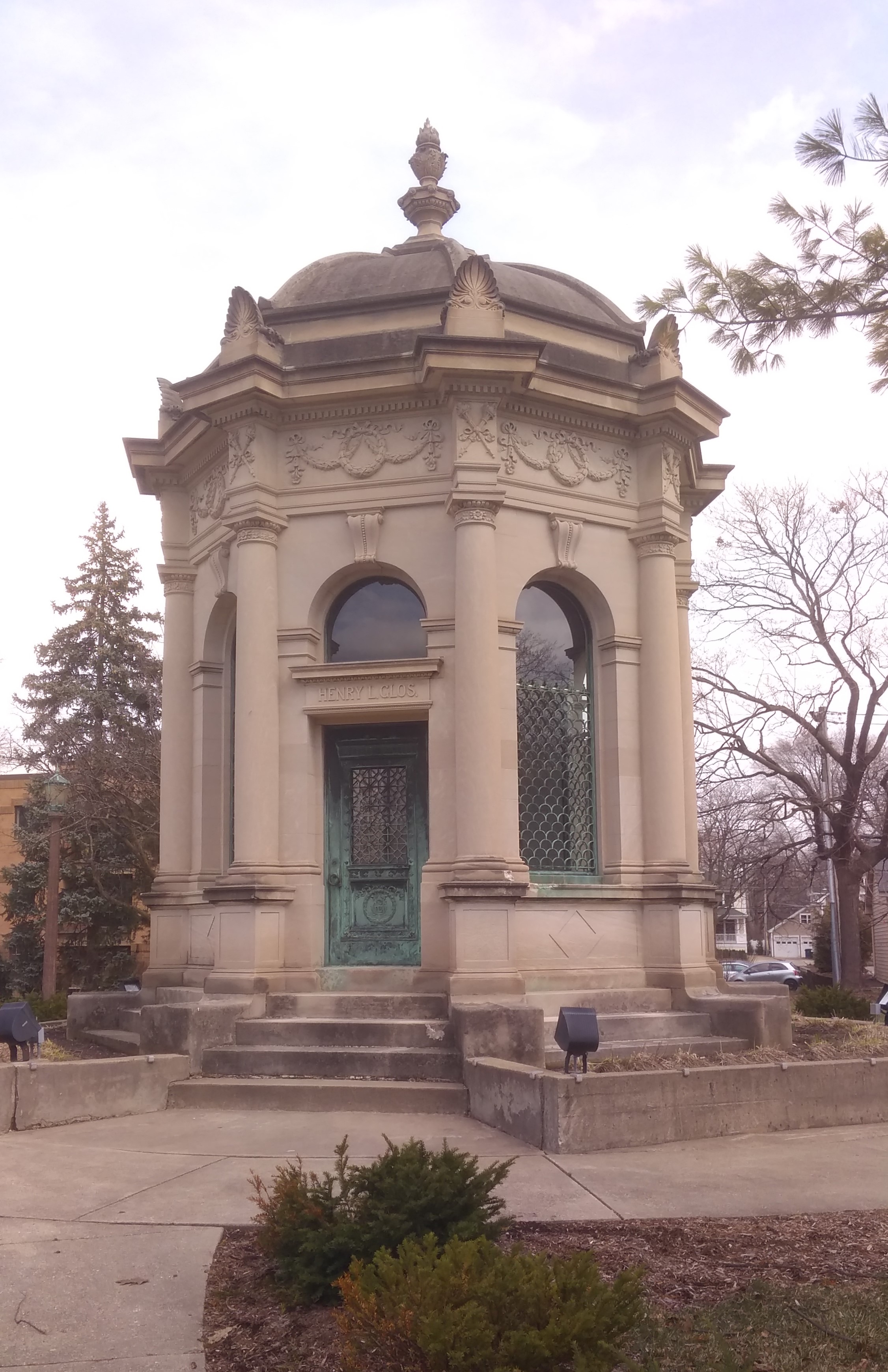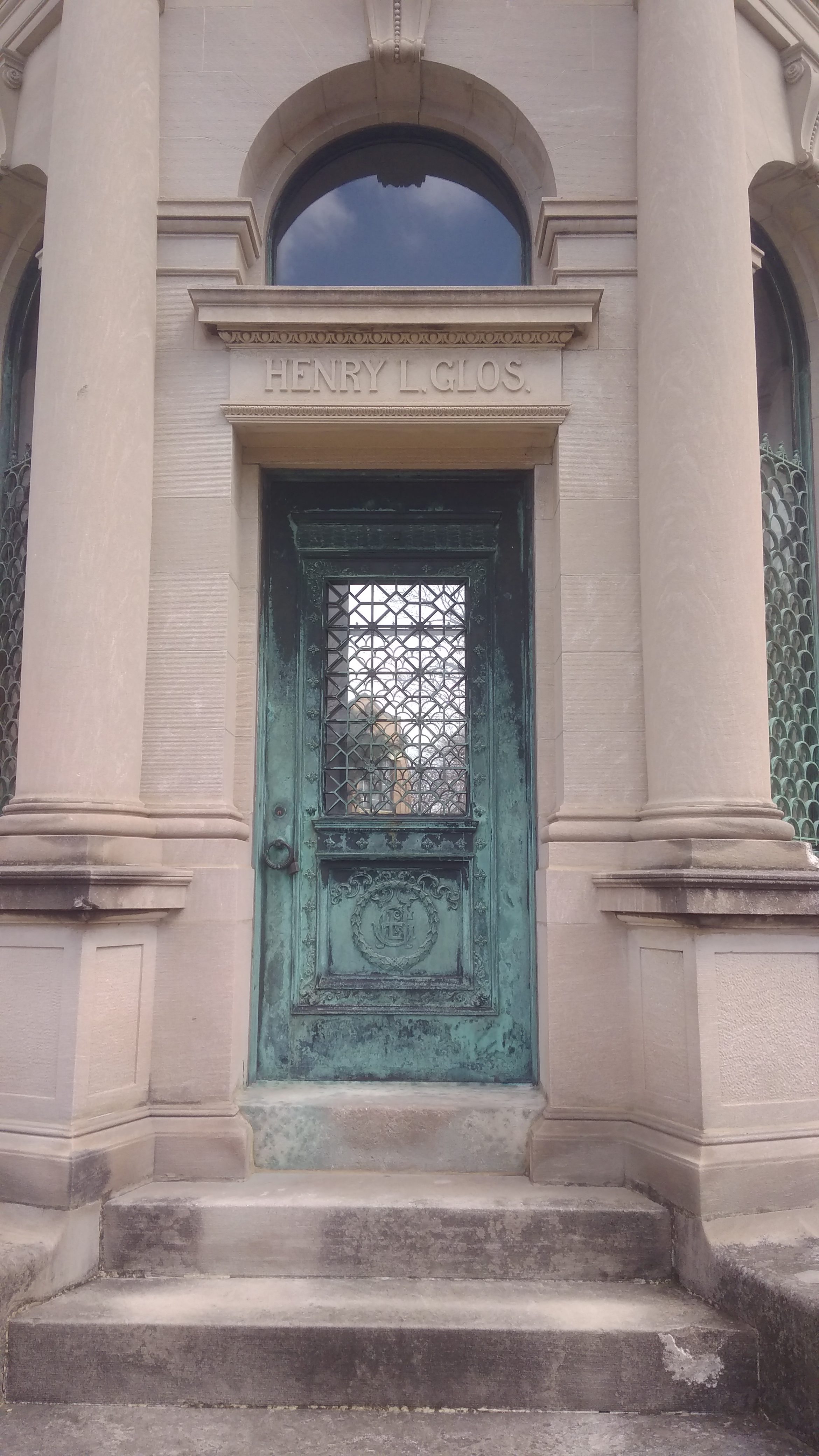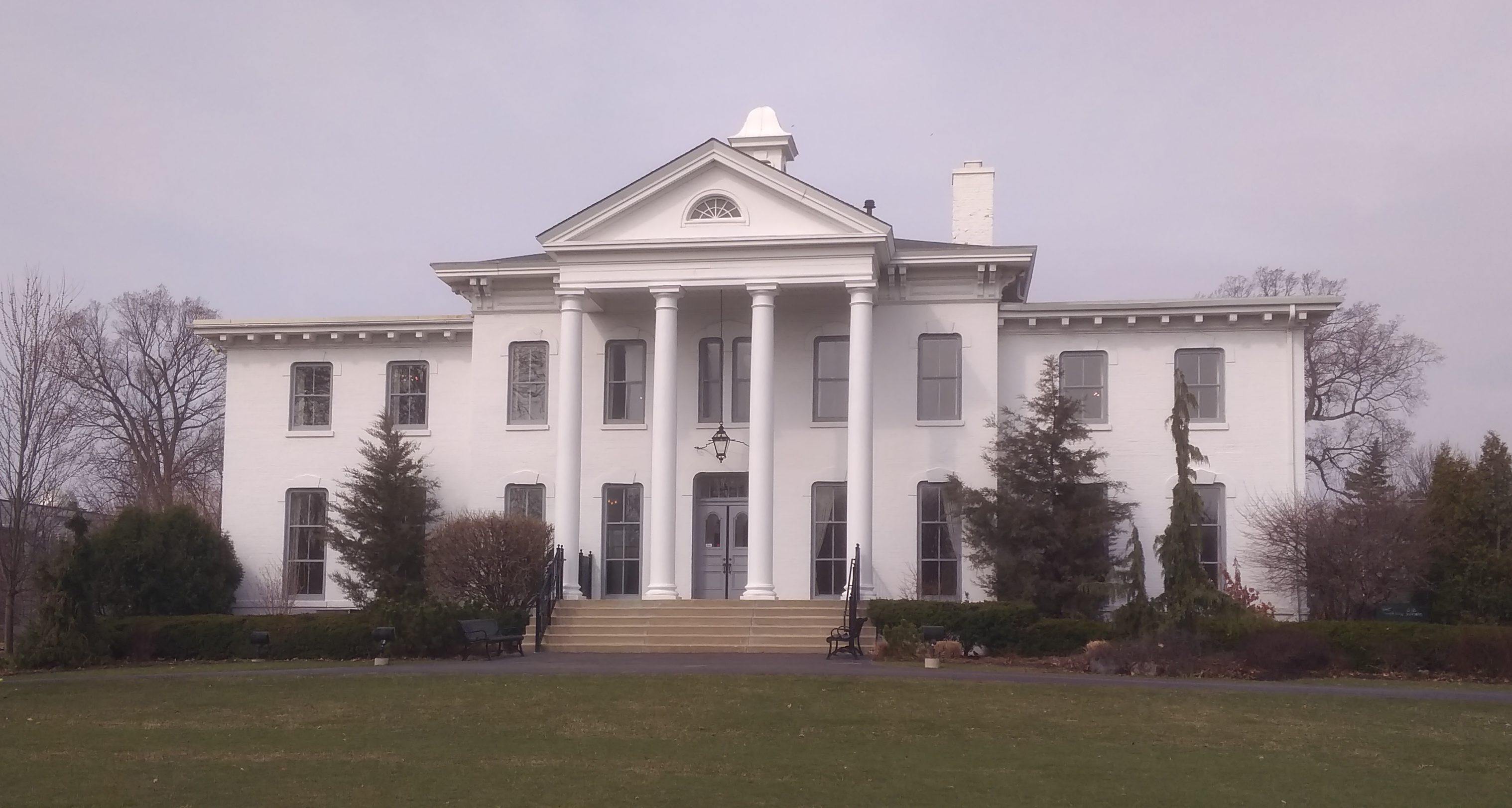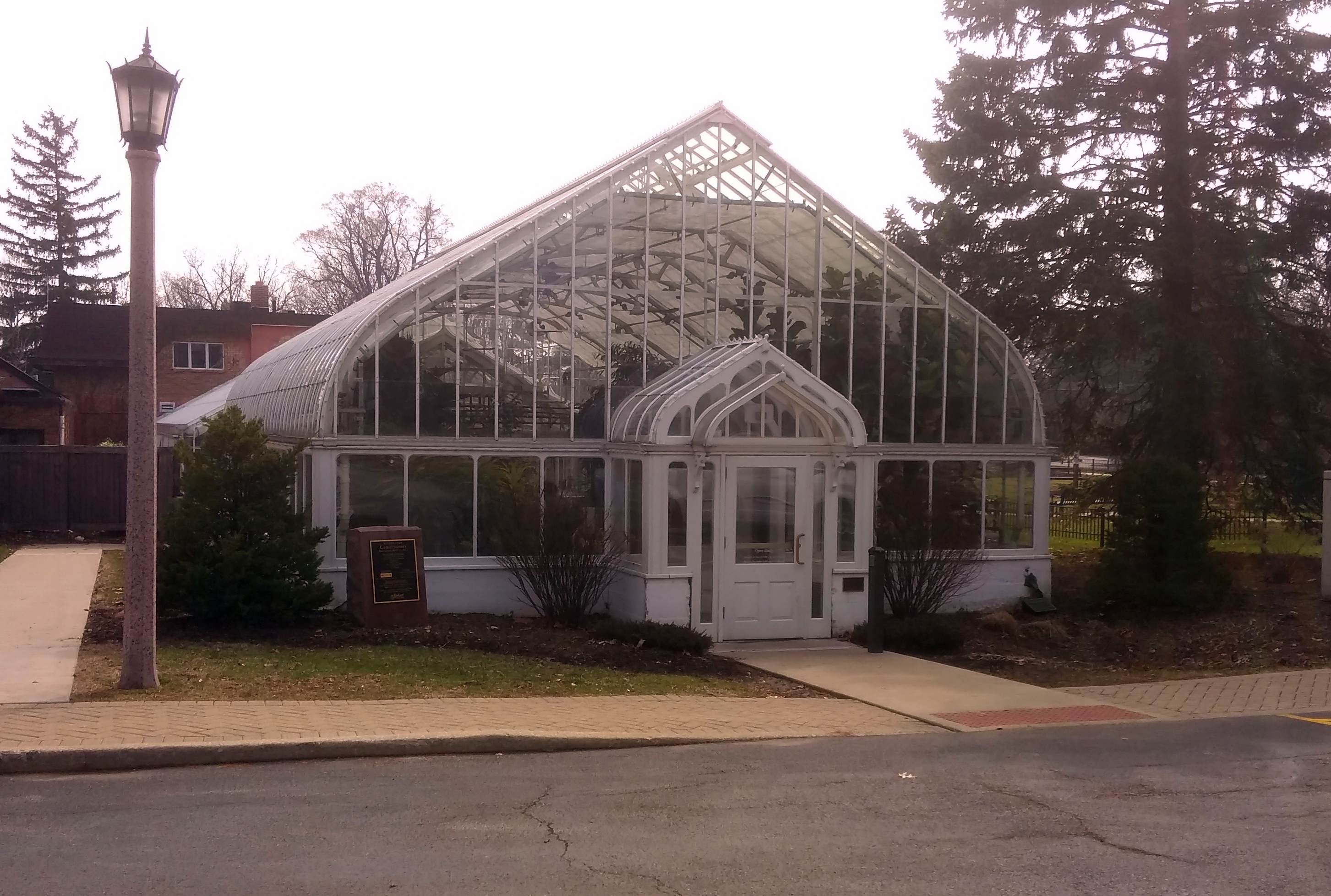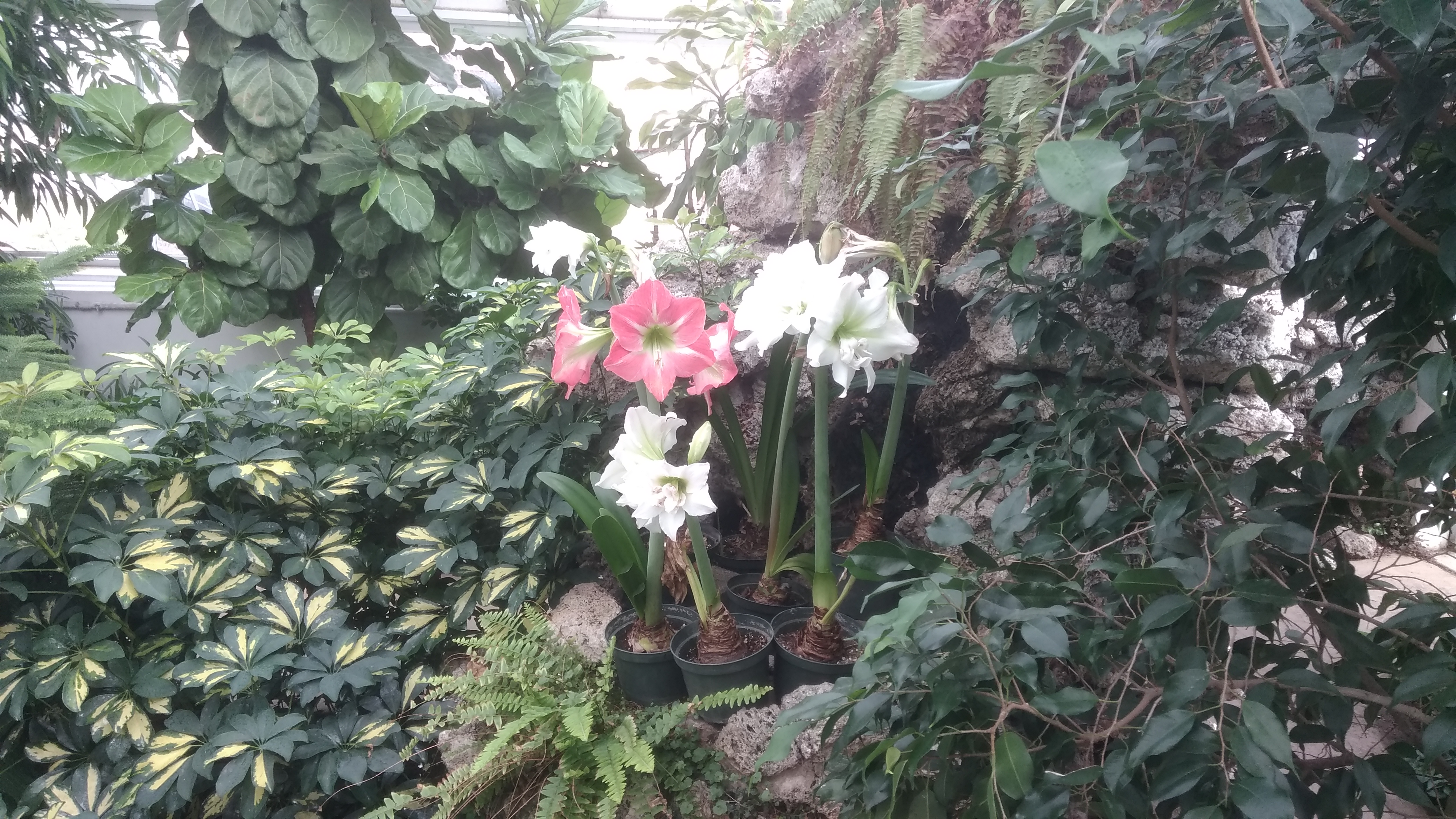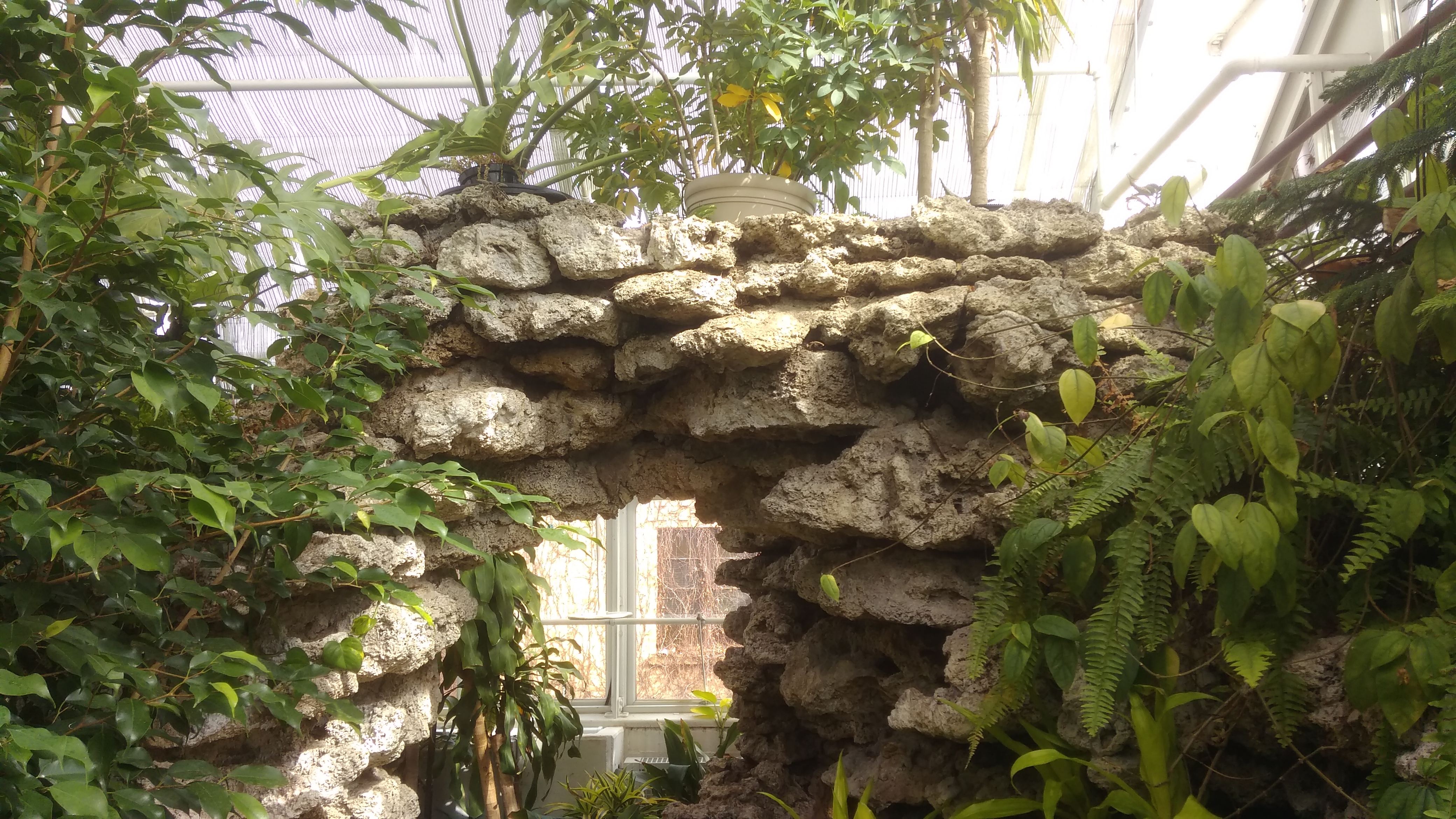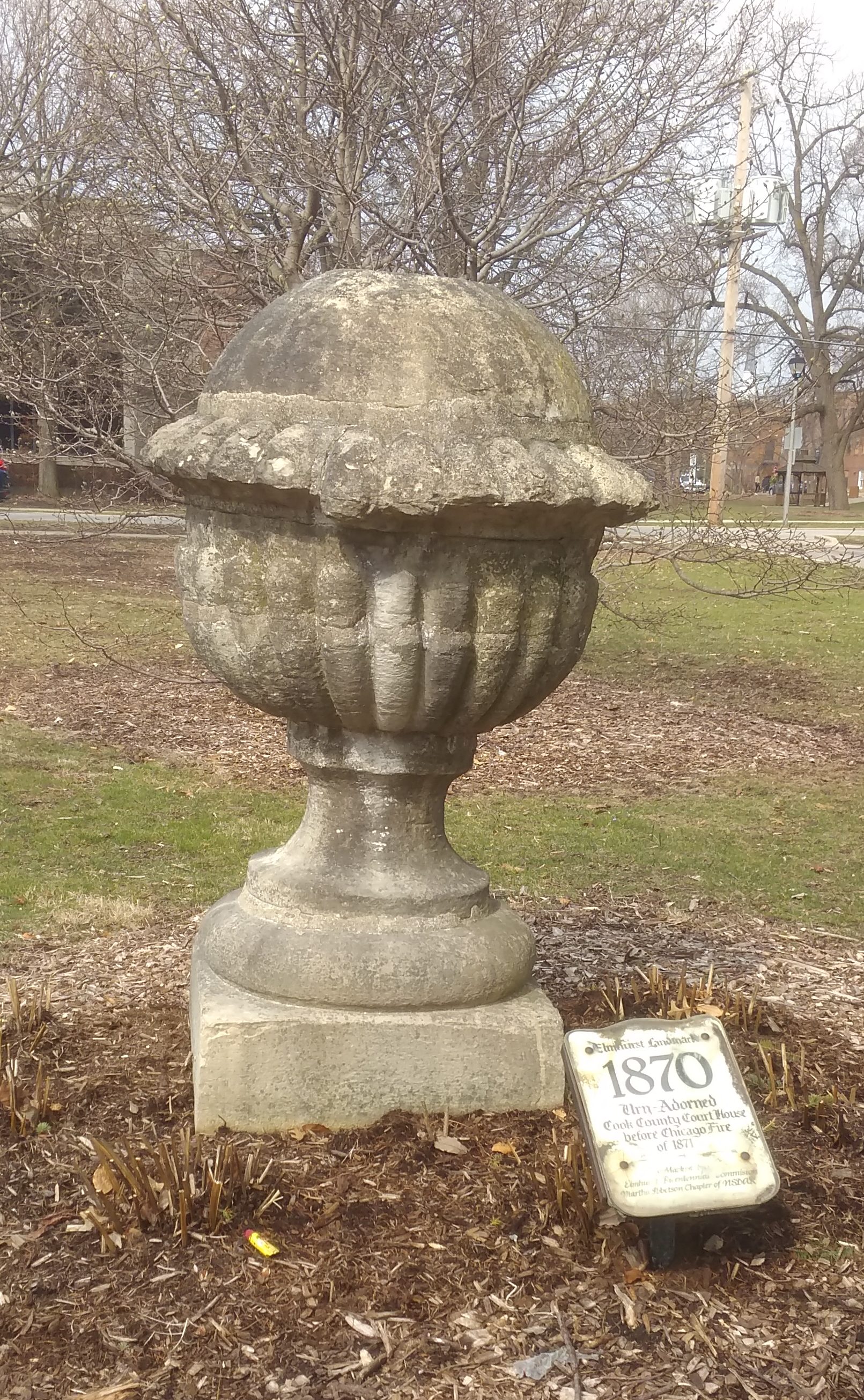After visiting the University of Illinois Arboretum on Easter, we returned to Lilly’s apartment briefly and took a walk from there a few blocks to the UIUC campus. Blocks heavy with businesses supported by students. Along the way everyone else went into one of them, Kung Fu Tea, for bubble tea to go, while I waited outside with the dog.
Kung Fu Tea is a chain I’d never heard of. Lilly didn’t understand why I was amused by the name. But she’s unable to imagine the following variation on an old TV narrative.
“Grasshopper, when you can take the tapioca pearl from my hand, it will be time for you to leave.”
I just found out that Kung Fu is available on Amazon for no extra charge. I was an intermittent viewer when the show was originally on the air, which was 45 years ago anyway, so I might give it another go.
From Kung Fu Tea, it was a short walk to Altgeld Hall, which I’ve seen before, but not from this vantage.
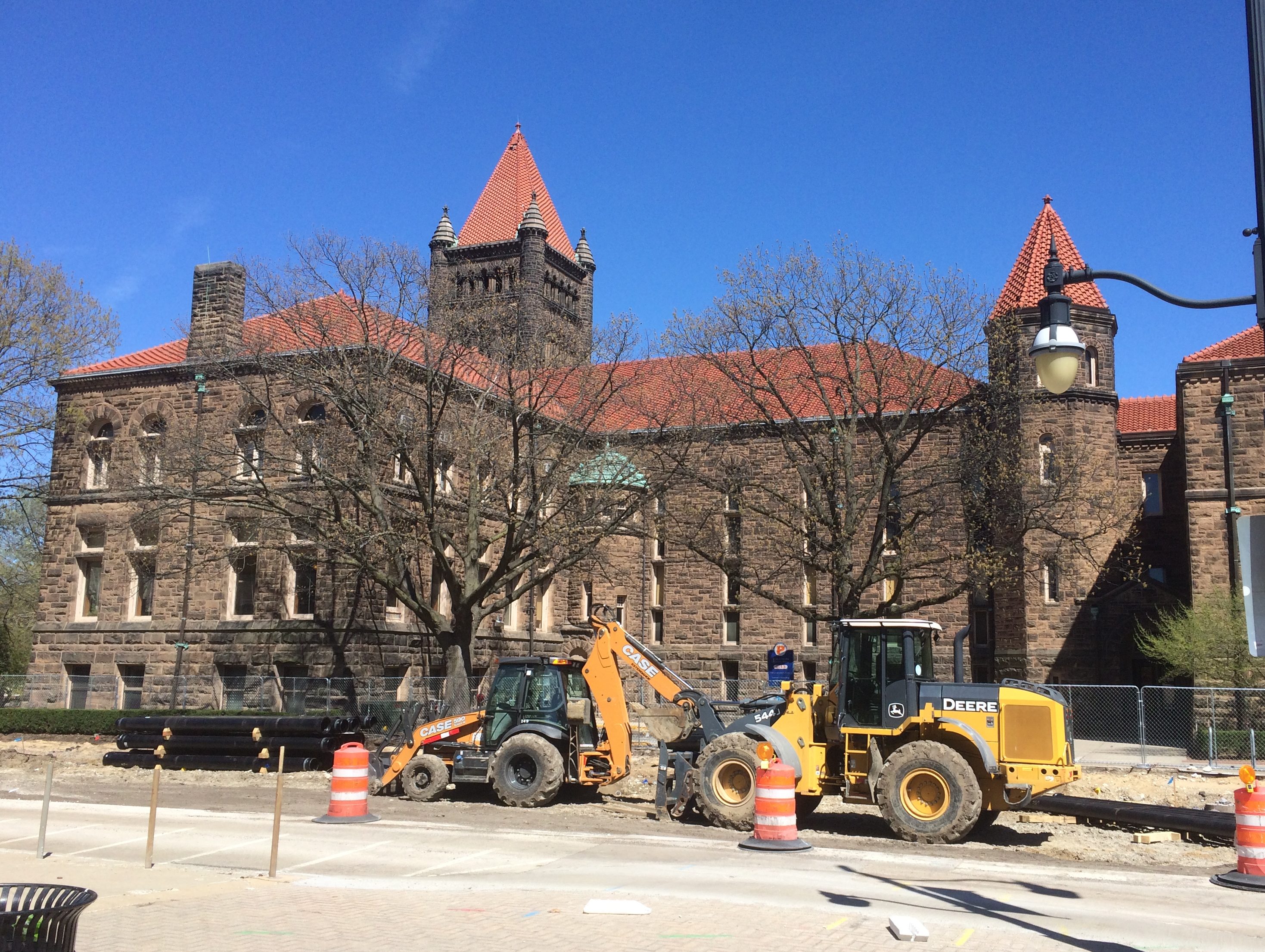 On we went. A fine day for a walk. The sunny warmth had drawn a number of students to the Main Quad, where they parked themselves on the grass. That’s the Illini Union in the distance.
On we went. A fine day for a walk. The sunny warmth had drawn a number of students to the Main Quad, where they parked themselves on the grass. That’s the Illini Union in the distance.
 Some students lolled in hammocks. That’s something I don’t ever remember seeing at any of the green fields of Vanderbilt.
Some students lolled in hammocks. That’s something I don’t ever remember seeing at any of the green fields of Vanderbilt.
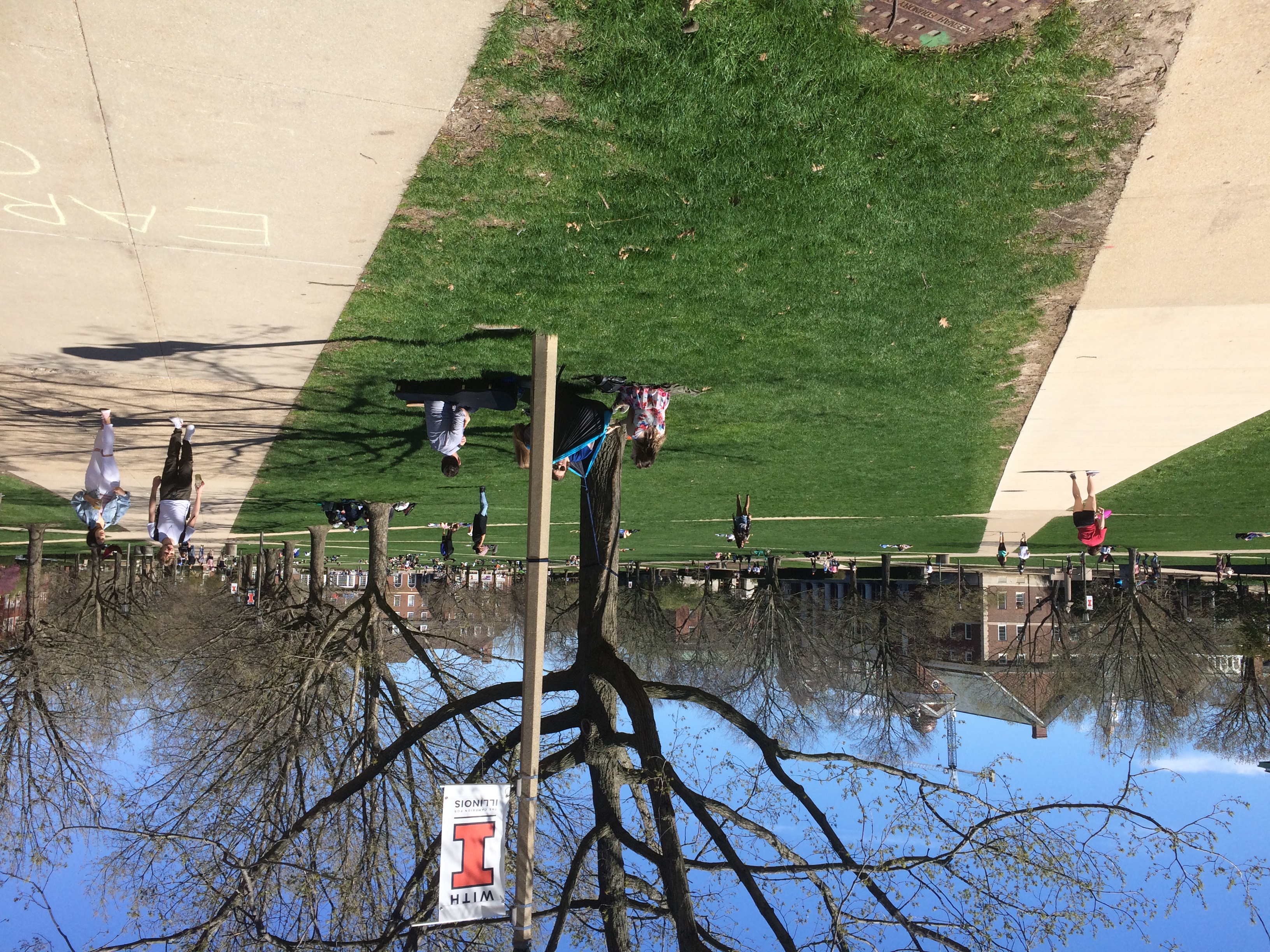 We circled back around the other side of Altgeld Hall and happened across this statue.
We circled back around the other side of Altgeld Hall and happened across this statue.
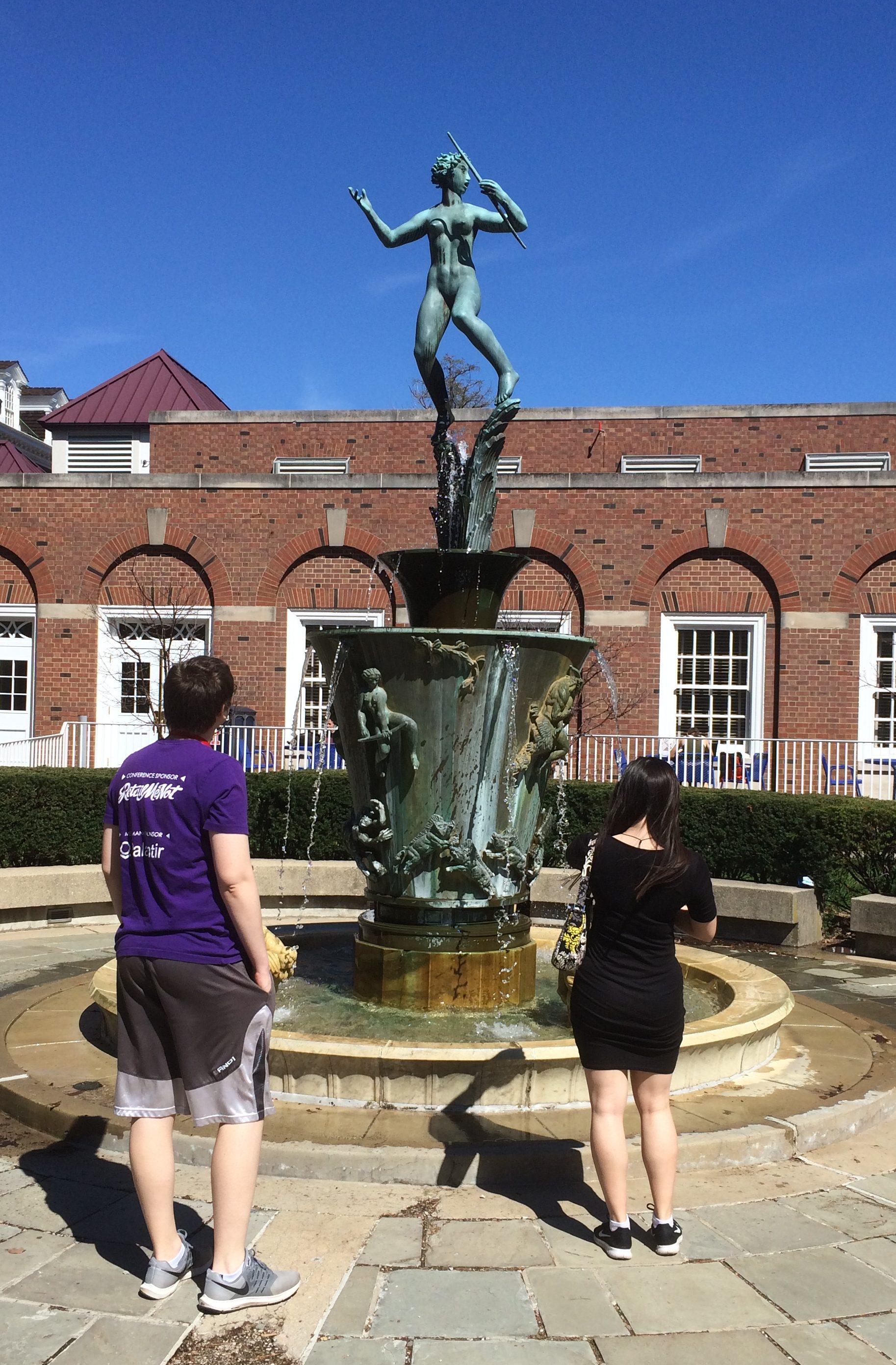 That’s the goddess Diana.
That’s the goddess Diana.
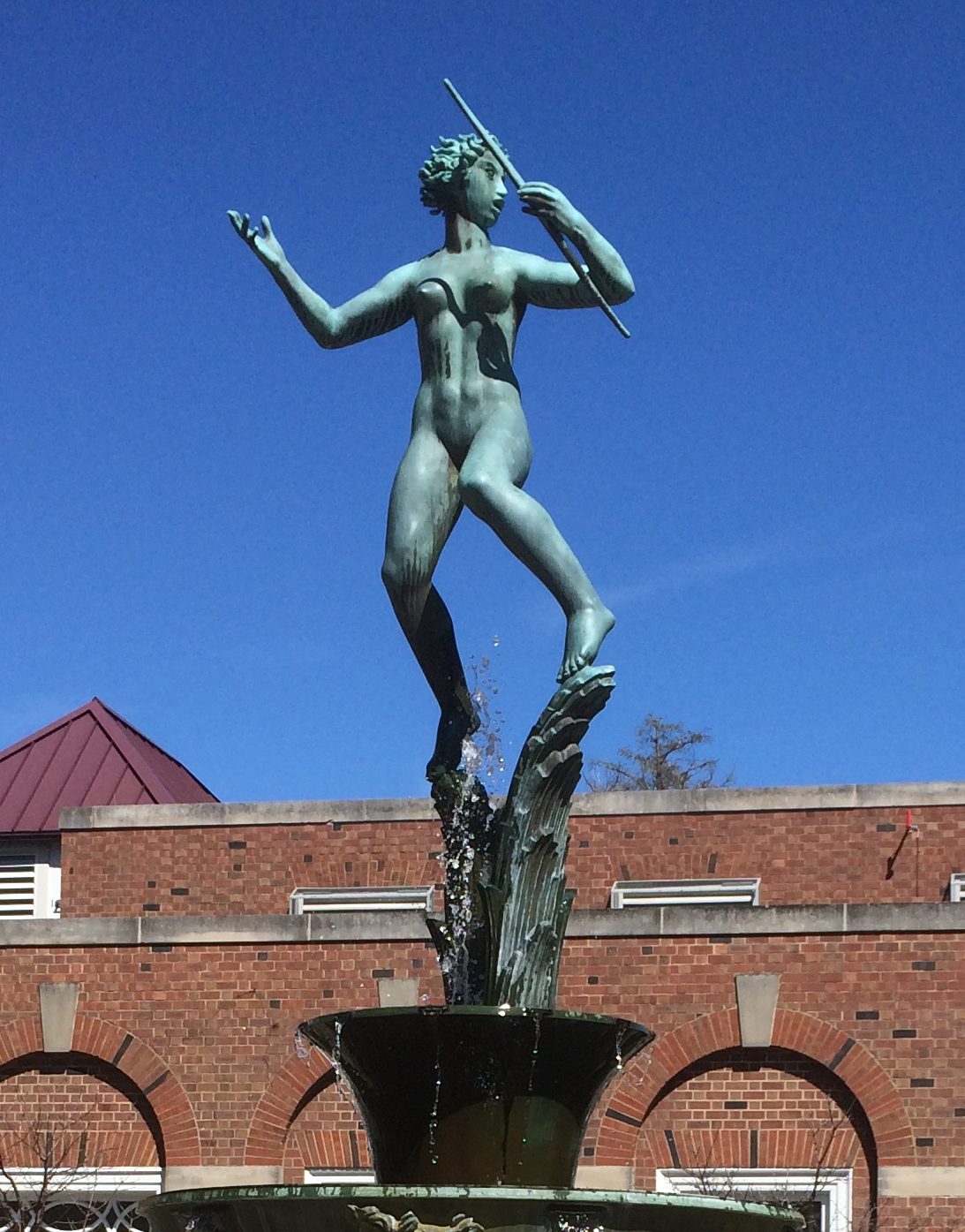 A nearby plaque says: The Diana Fountain is a creation of the Swedish sculptor, Carl Milles. It was designed for the court of a building at 540 North Michigan Avenue, Chicago, where it remained from 1930 until it was generously presented by Time Incorporated to the University of Illinois at the request of the Class of 1921.
A nearby plaque says: The Diana Fountain is a creation of the Swedish sculptor, Carl Milles. It was designed for the court of a building at 540 North Michigan Avenue, Chicago, where it remained from 1930 until it was generously presented by Time Incorporated to the University of Illinois at the request of the Class of 1921.
The Fountain was dedicated here on October 23, 1971, as a class memorial, at the Fiftieth Anniversary Reunion of the Class of 1921.
Then there’s a list of “members and friends” of the Class of ’21, all of whom presumably ponied up some money for moving the statue, as well as the site work and installation. It’s a long alphabetical list from Allman to Zimmer: eight columns of 35 names each. More, actually, since some of the names represent married couples.
Fifty years plus nearly 50 more. Safe to assume all of the Class of ’21 have shuffled off this mortal coil. As has Carl Milles (d. 1955).
Here’s a digression. Another Diana Fountain by Milles is in Stockholm, at a place called the Matchstick Palace. Who built the Matchstick Palace?
The Match King, Ivar Kreuger, that’s who. I ran across him years ago in the wonderful Webster’s New Biographical Dictionary. Wiki gives a fuller description of his activities. His is an astonishing story.
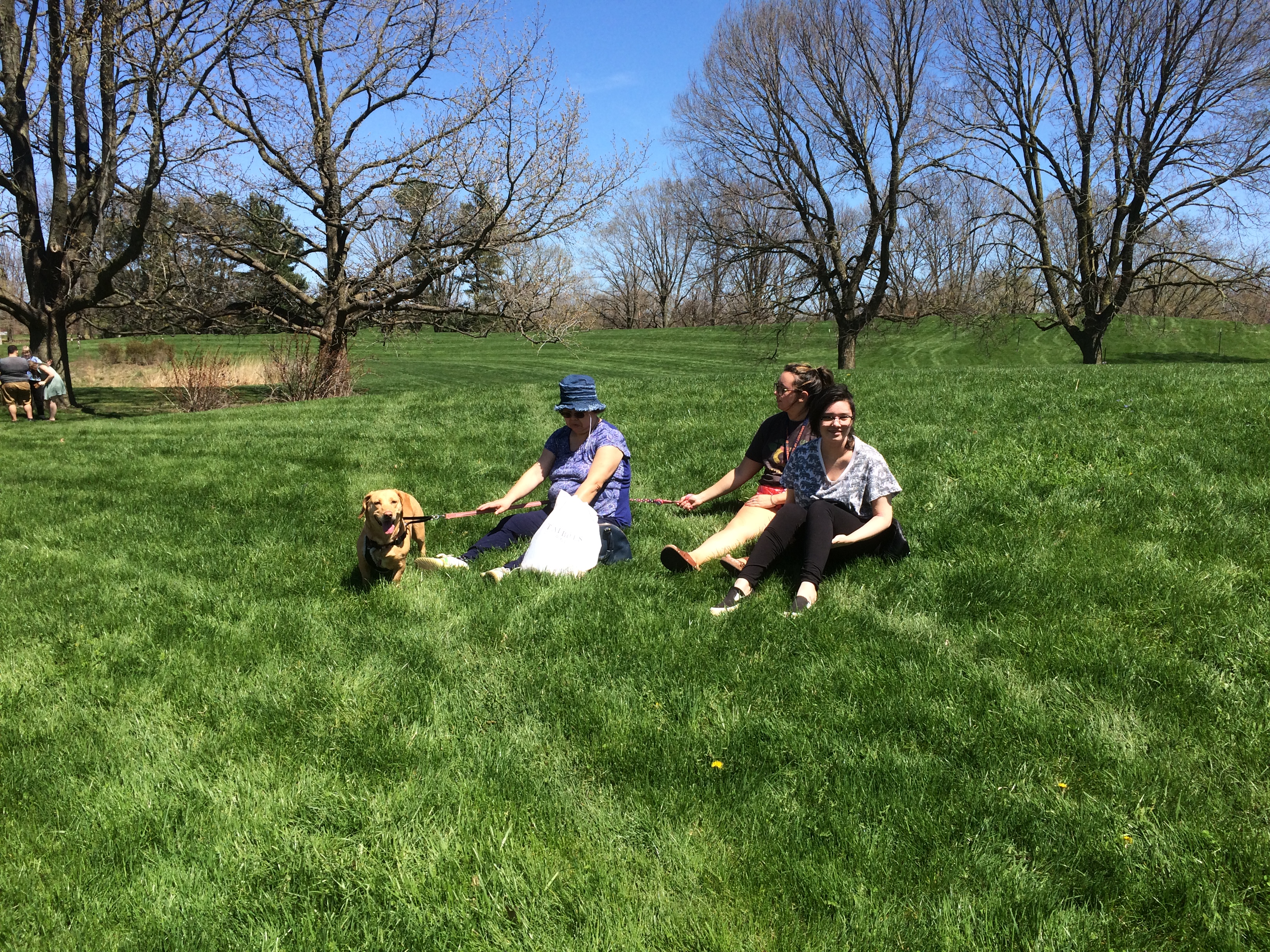

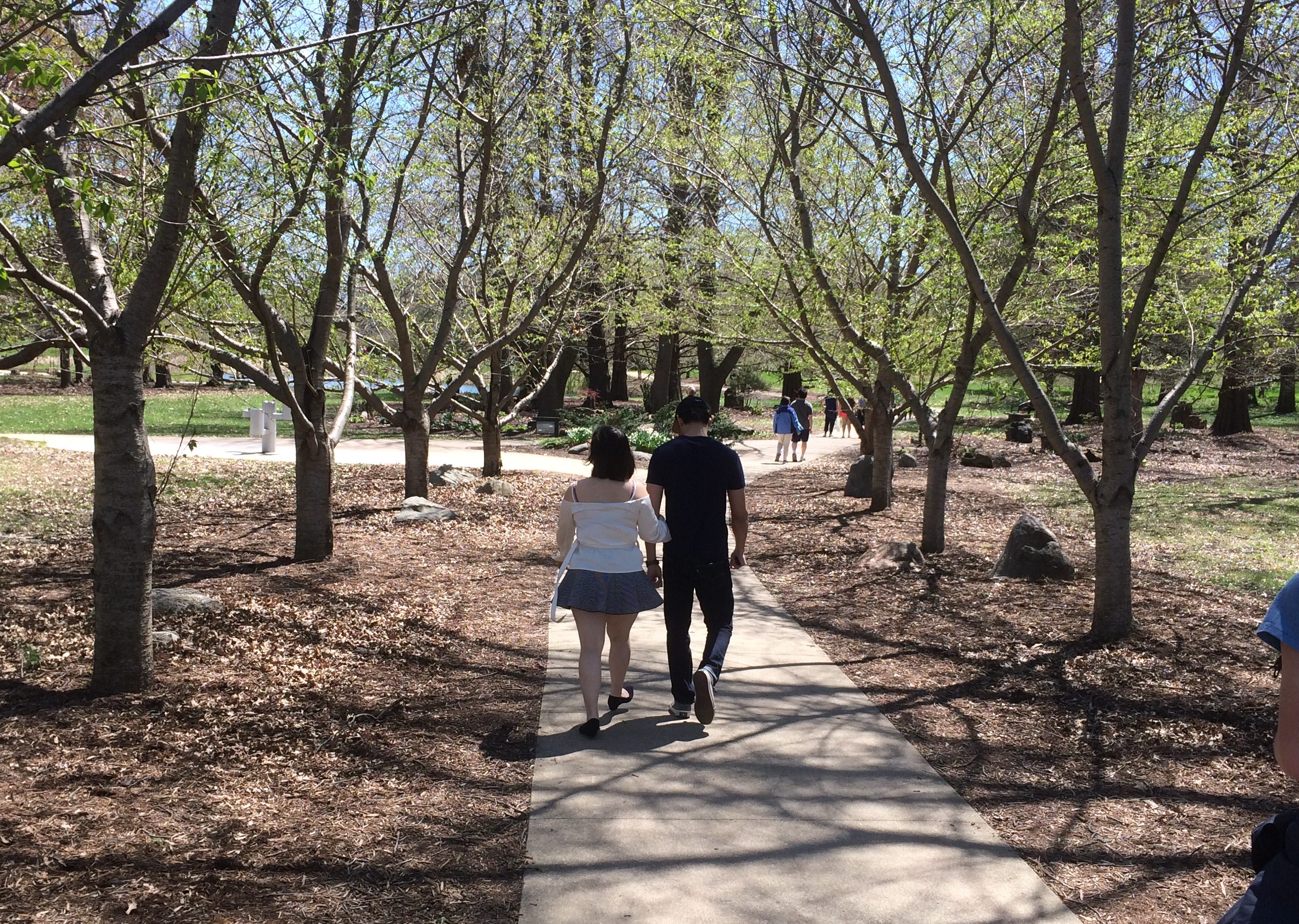
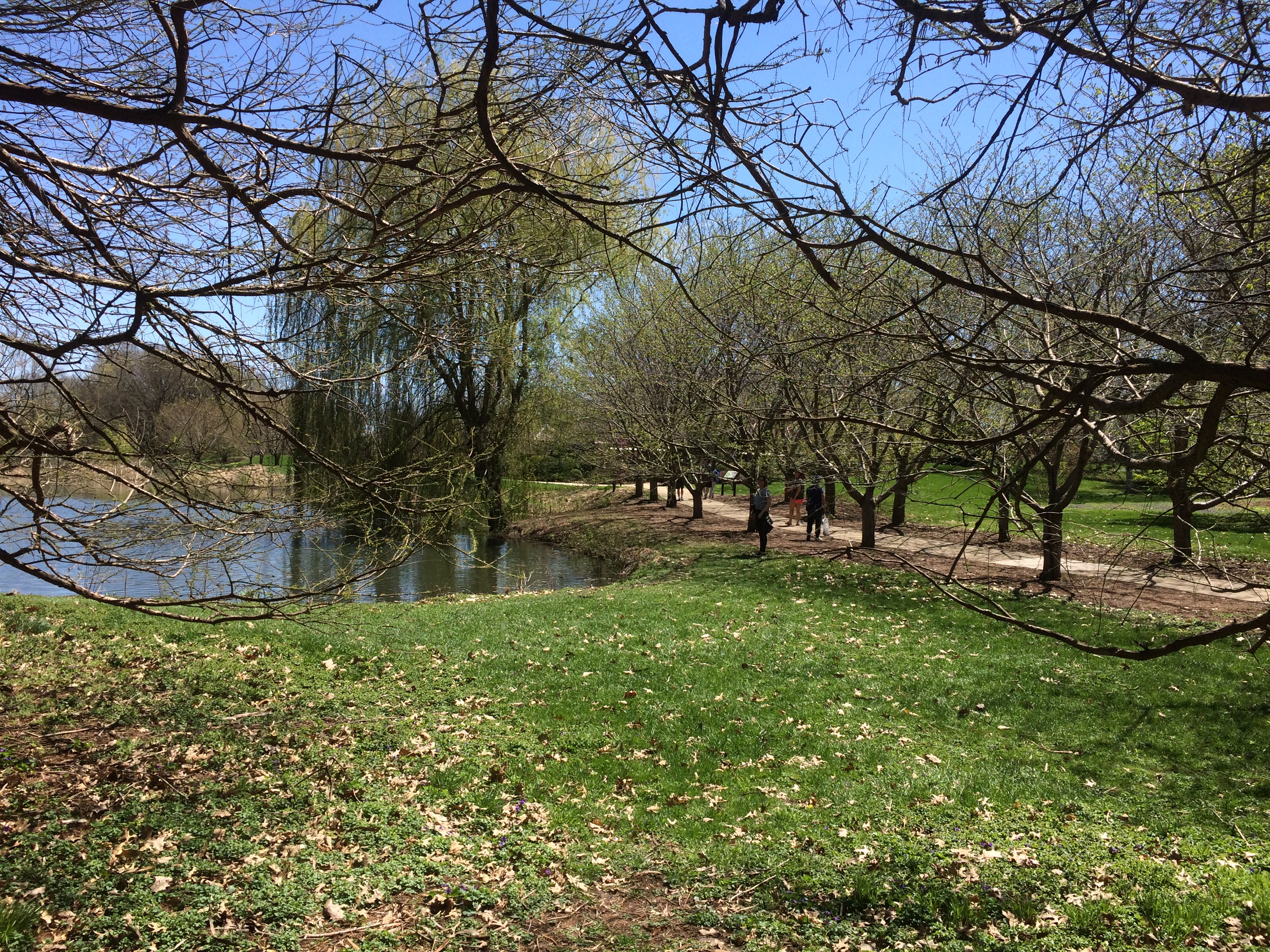
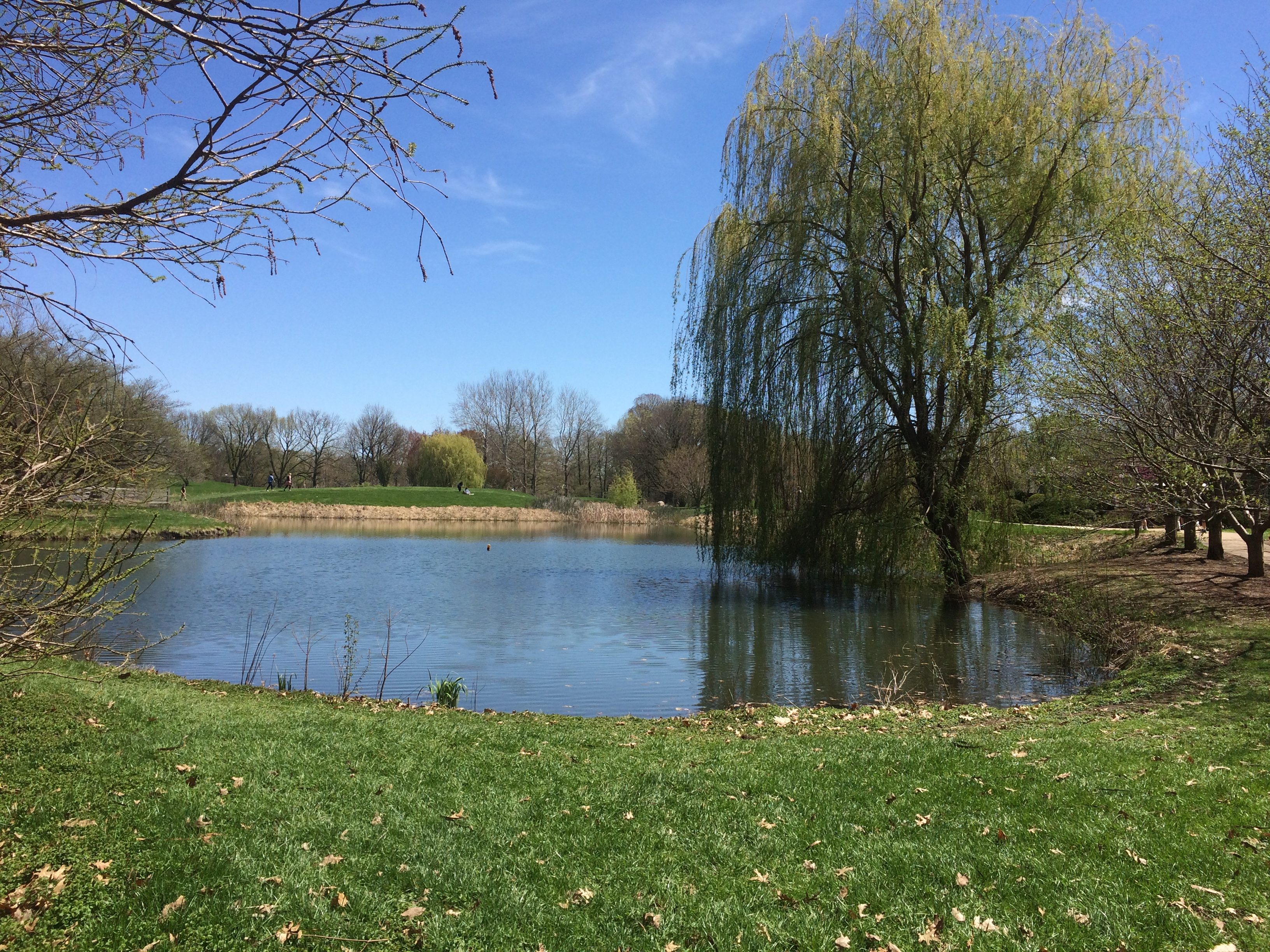
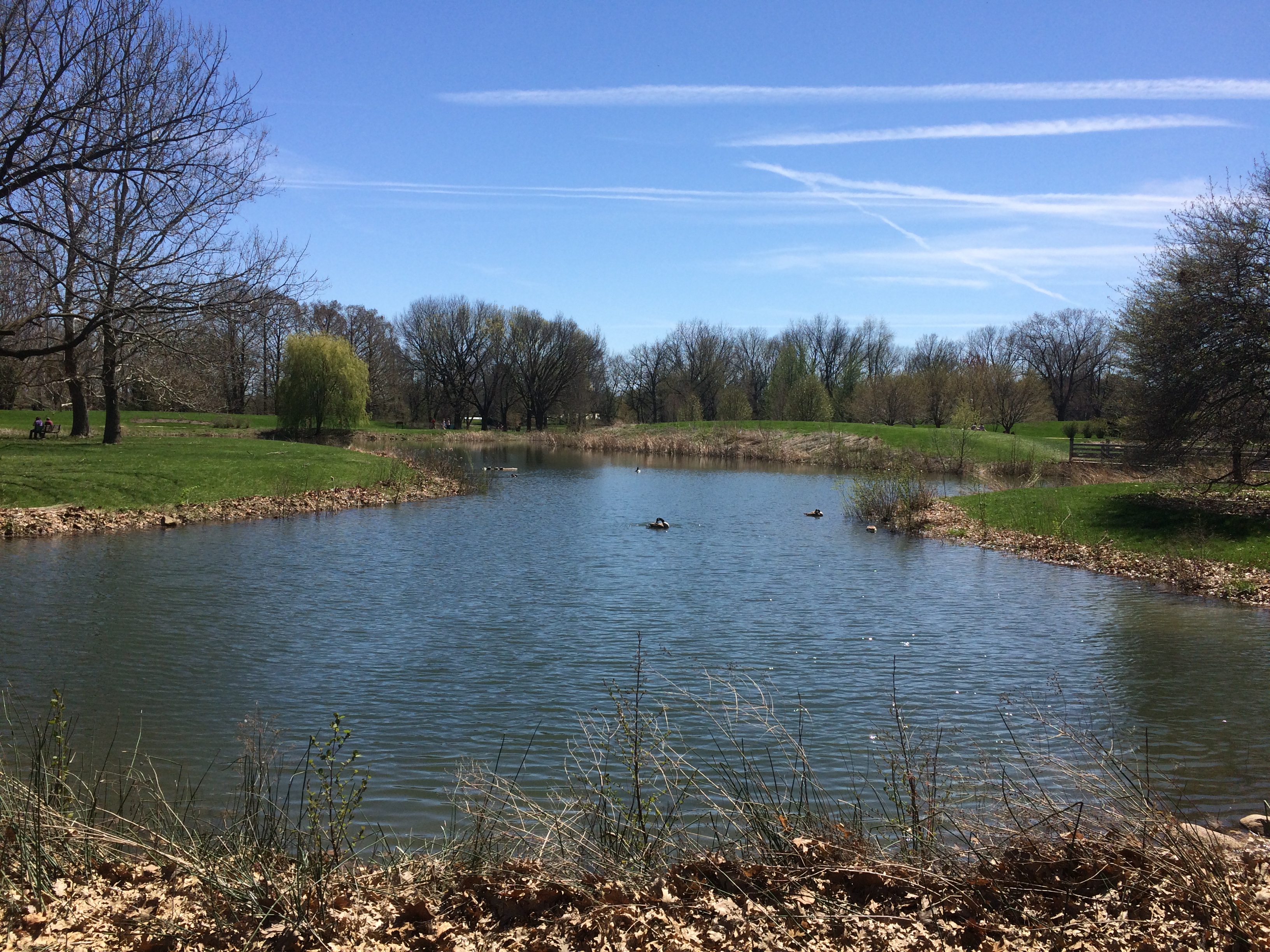
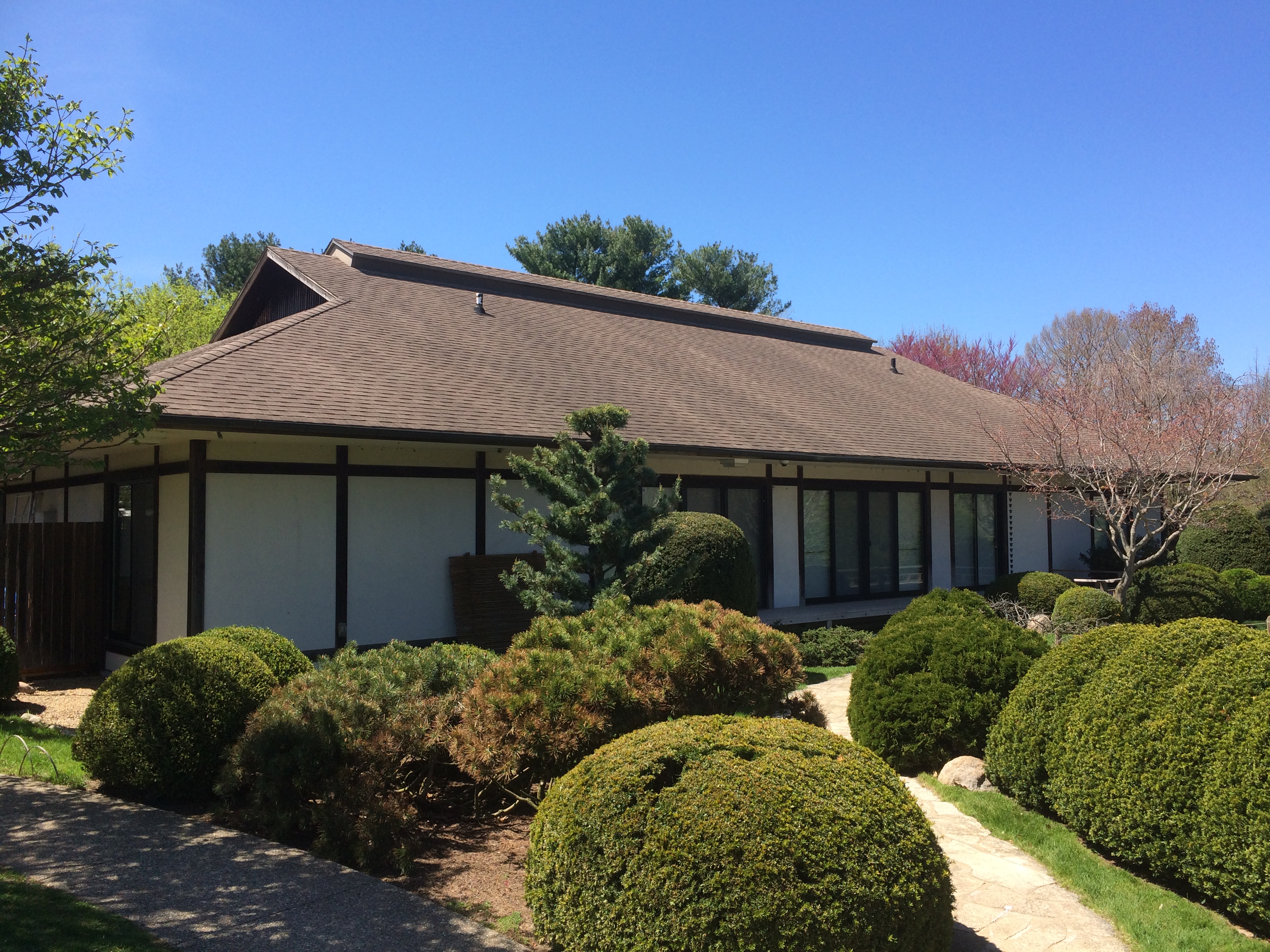
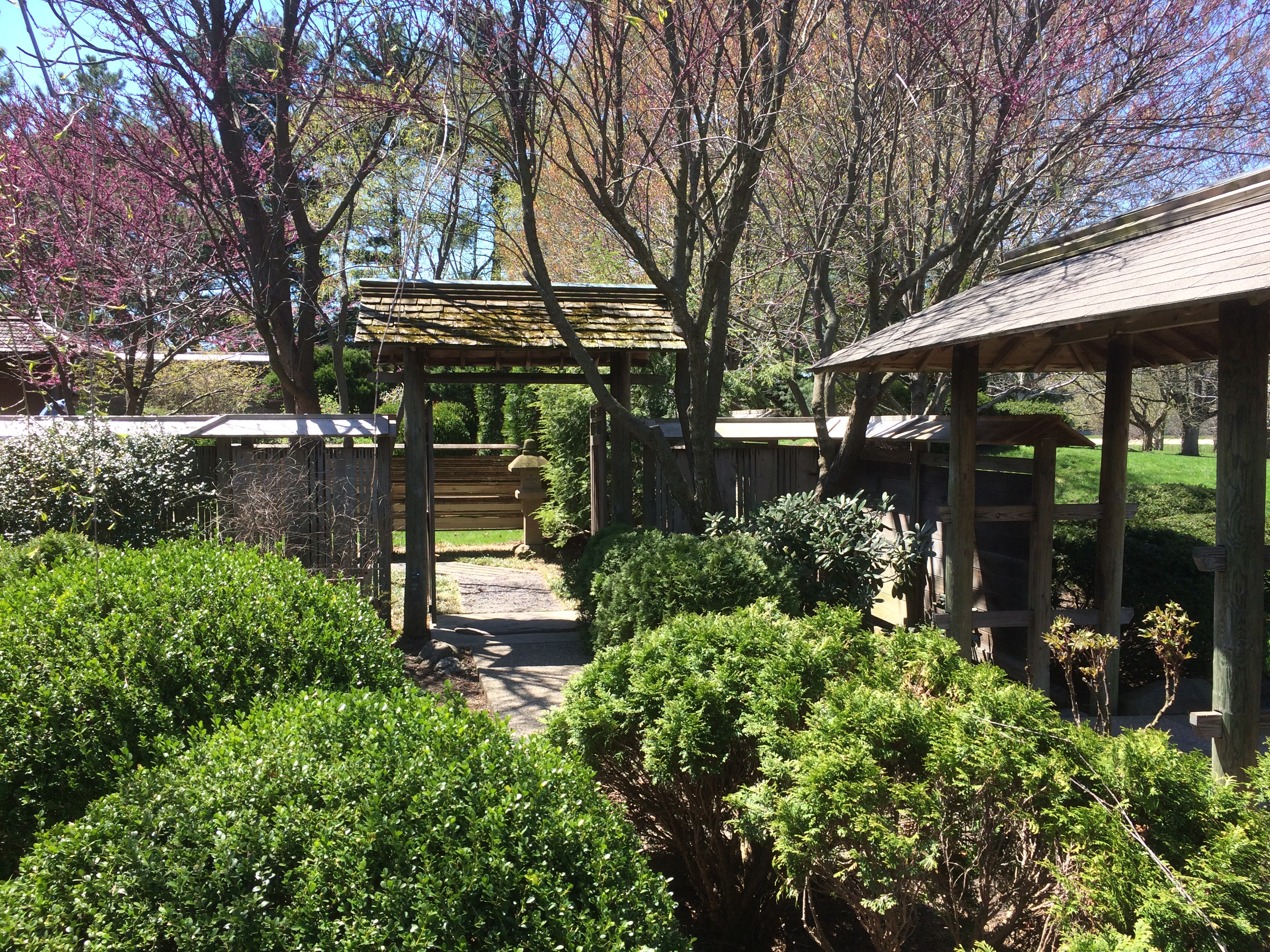
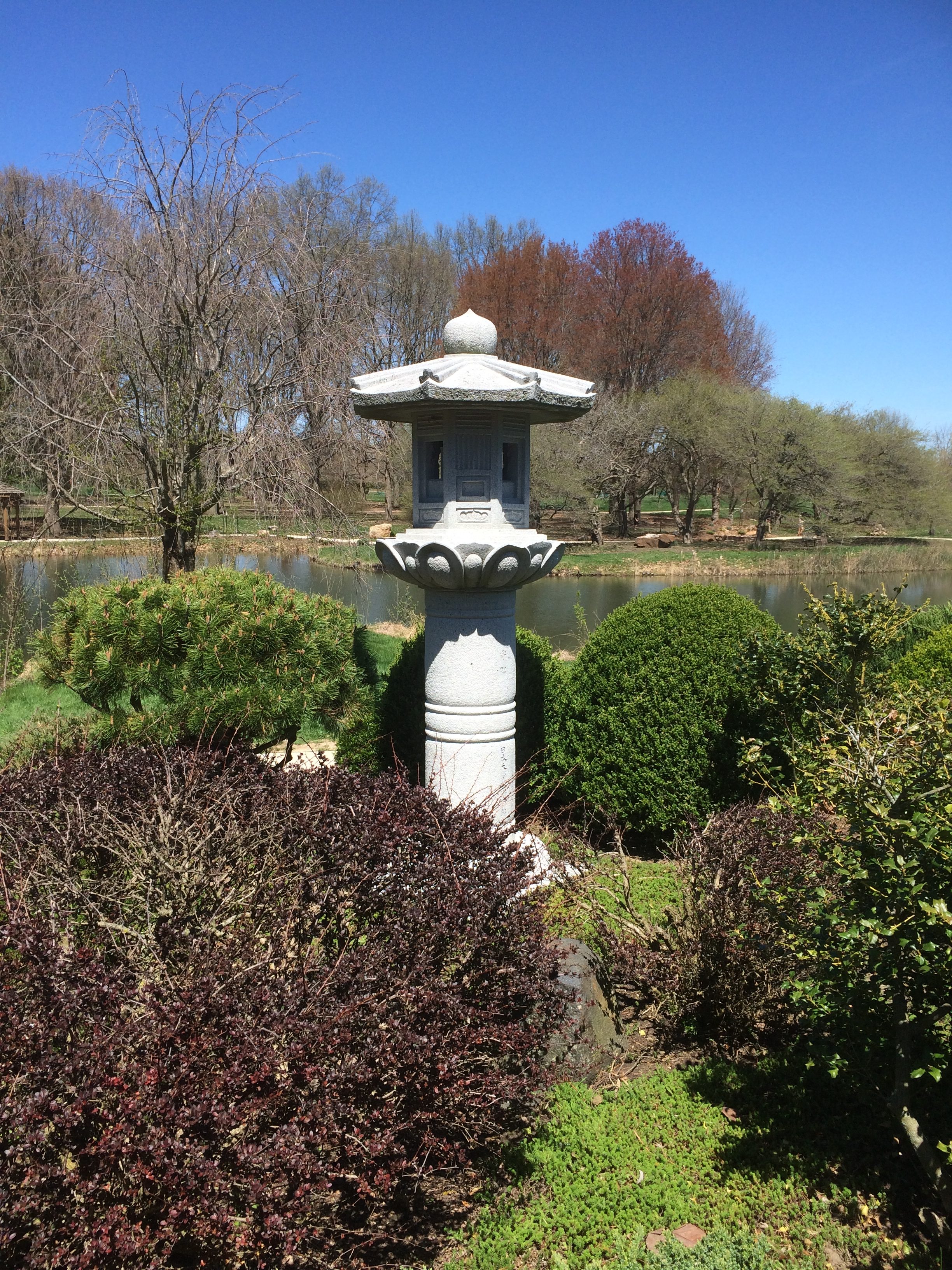
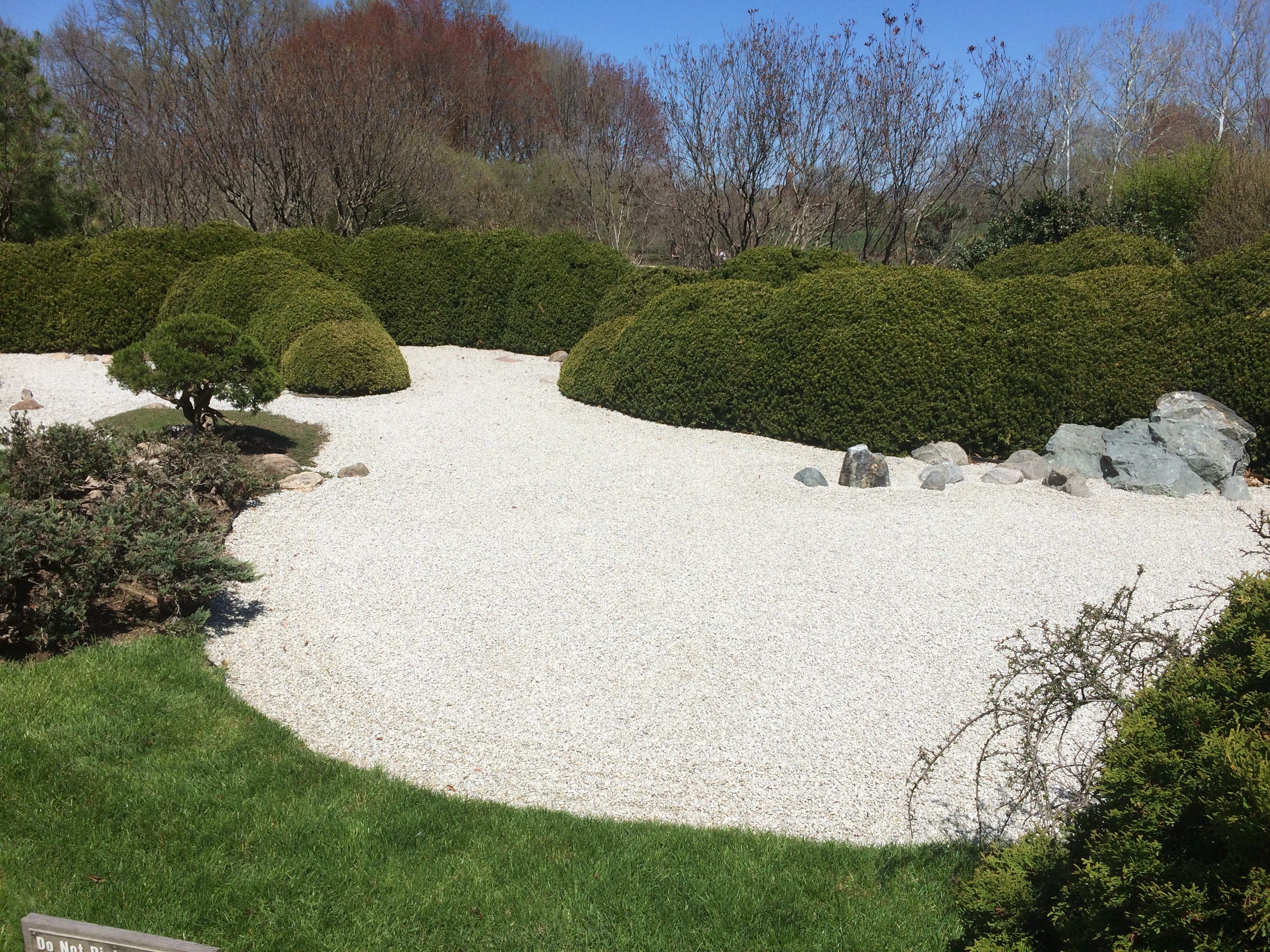
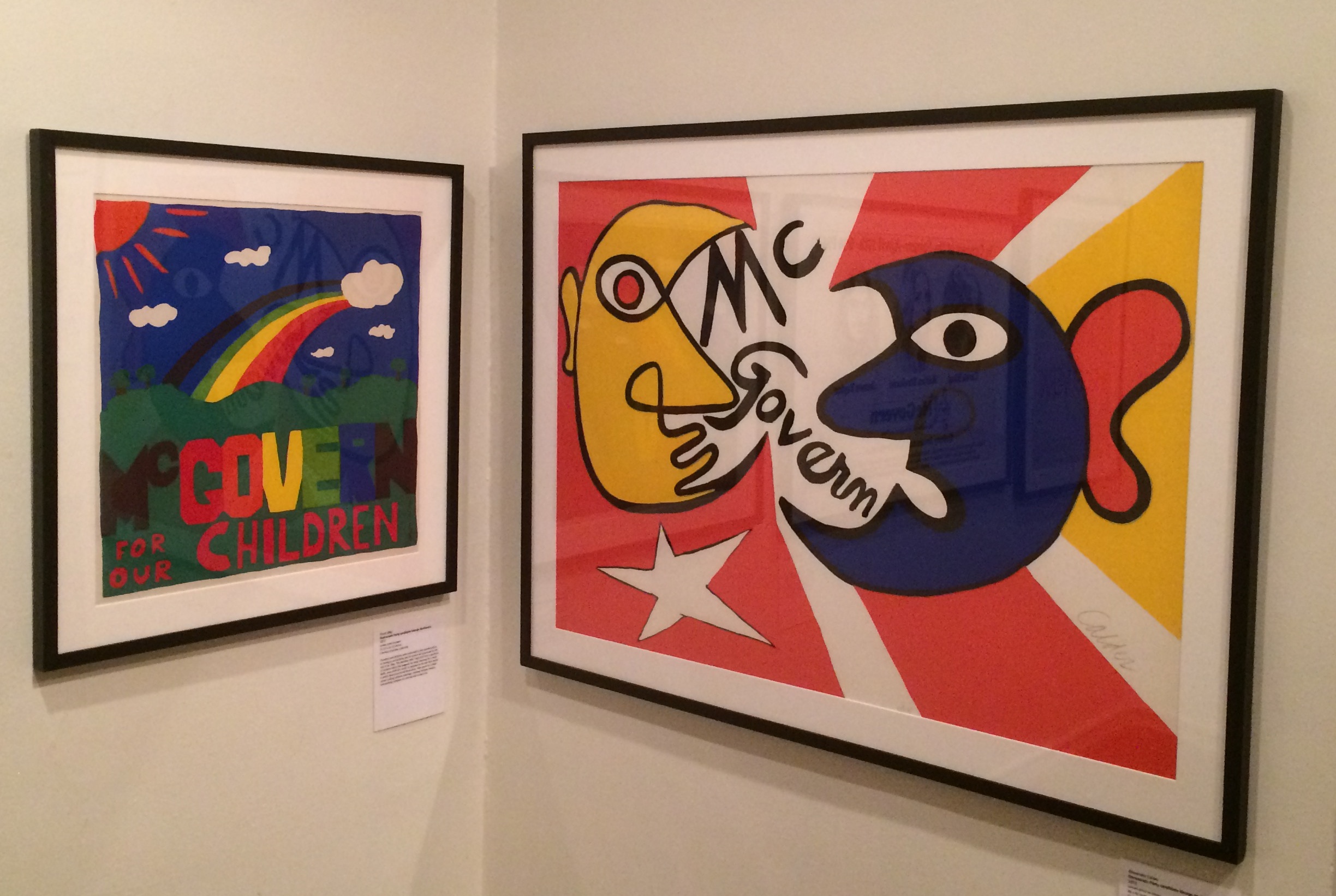



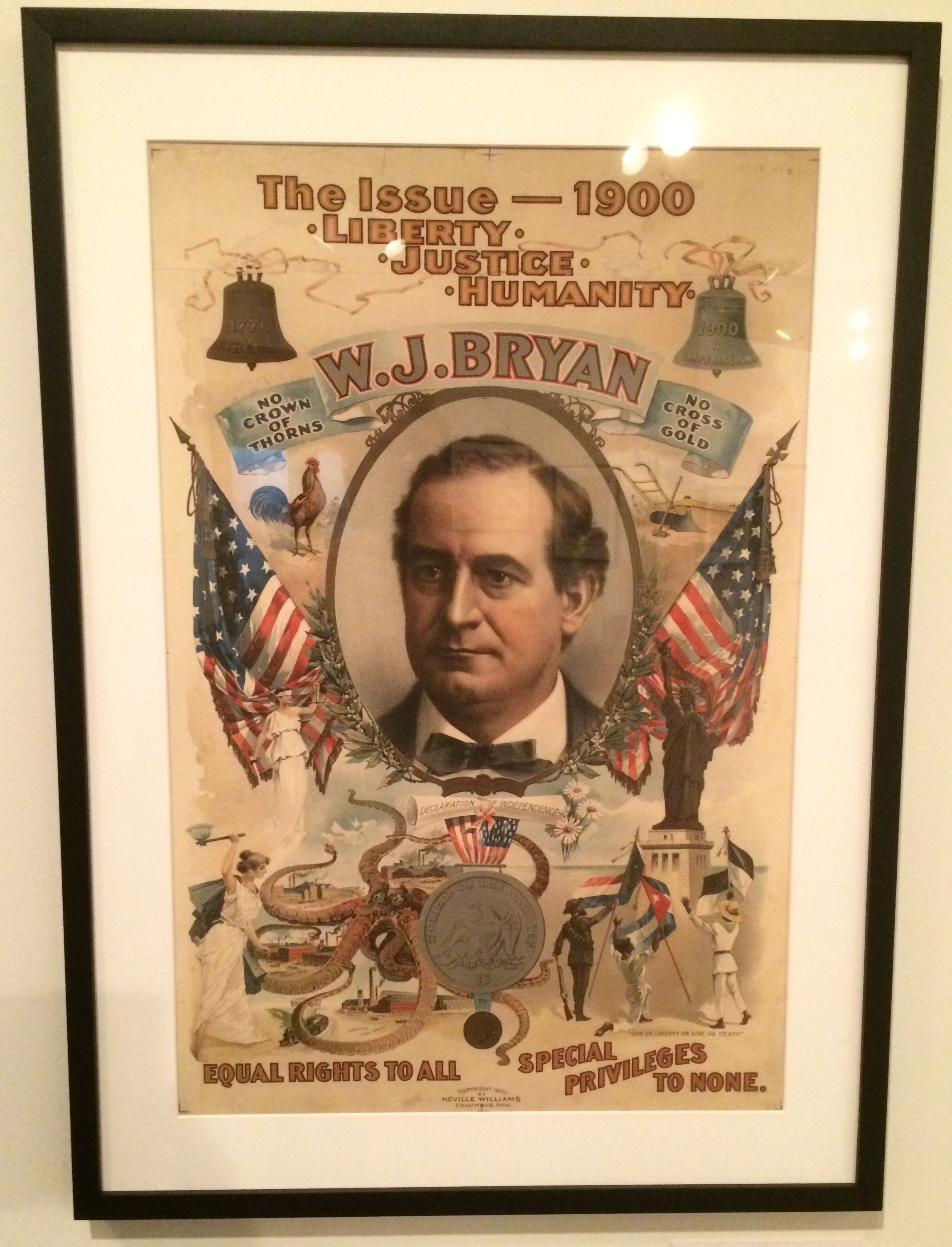


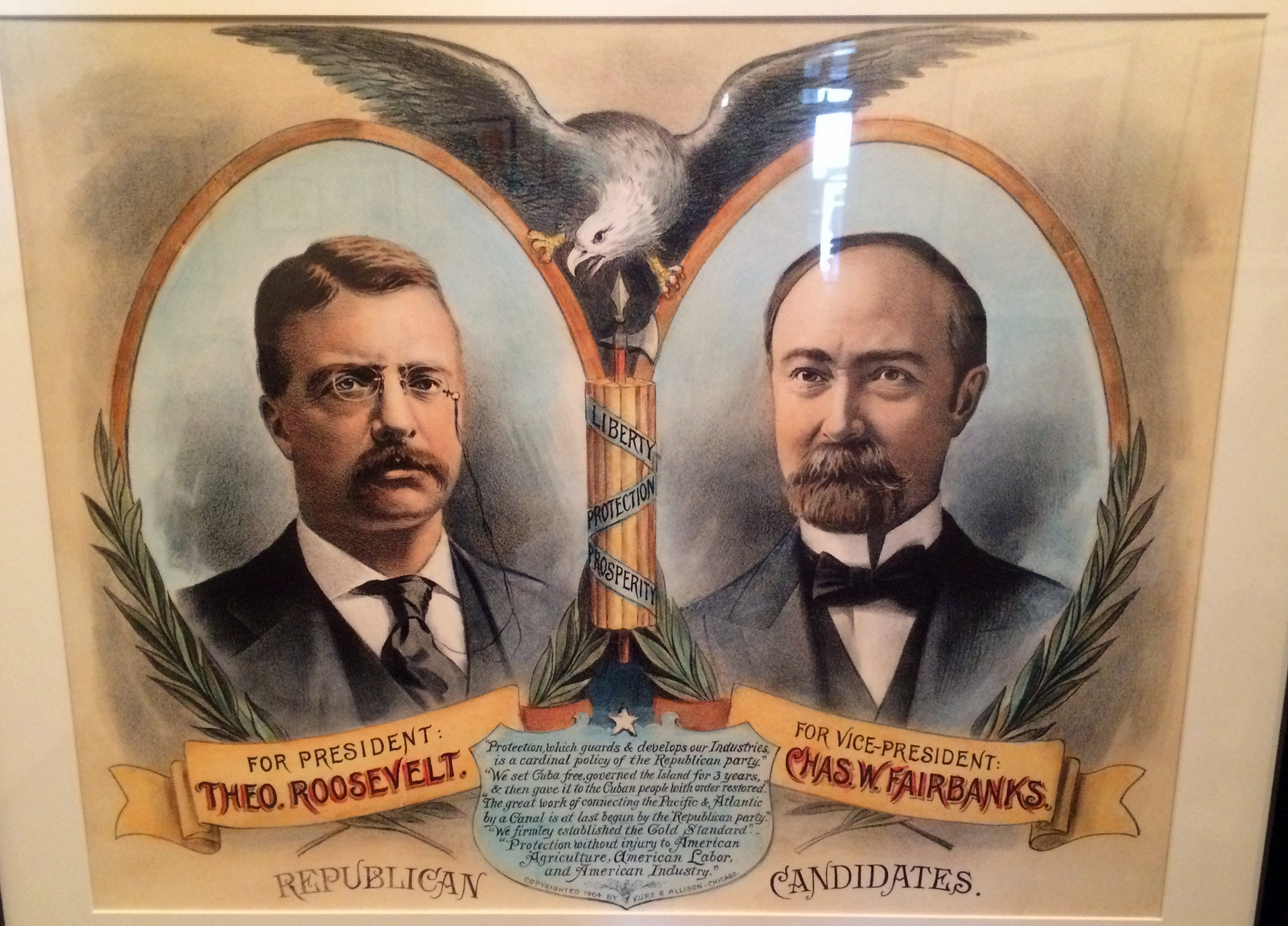
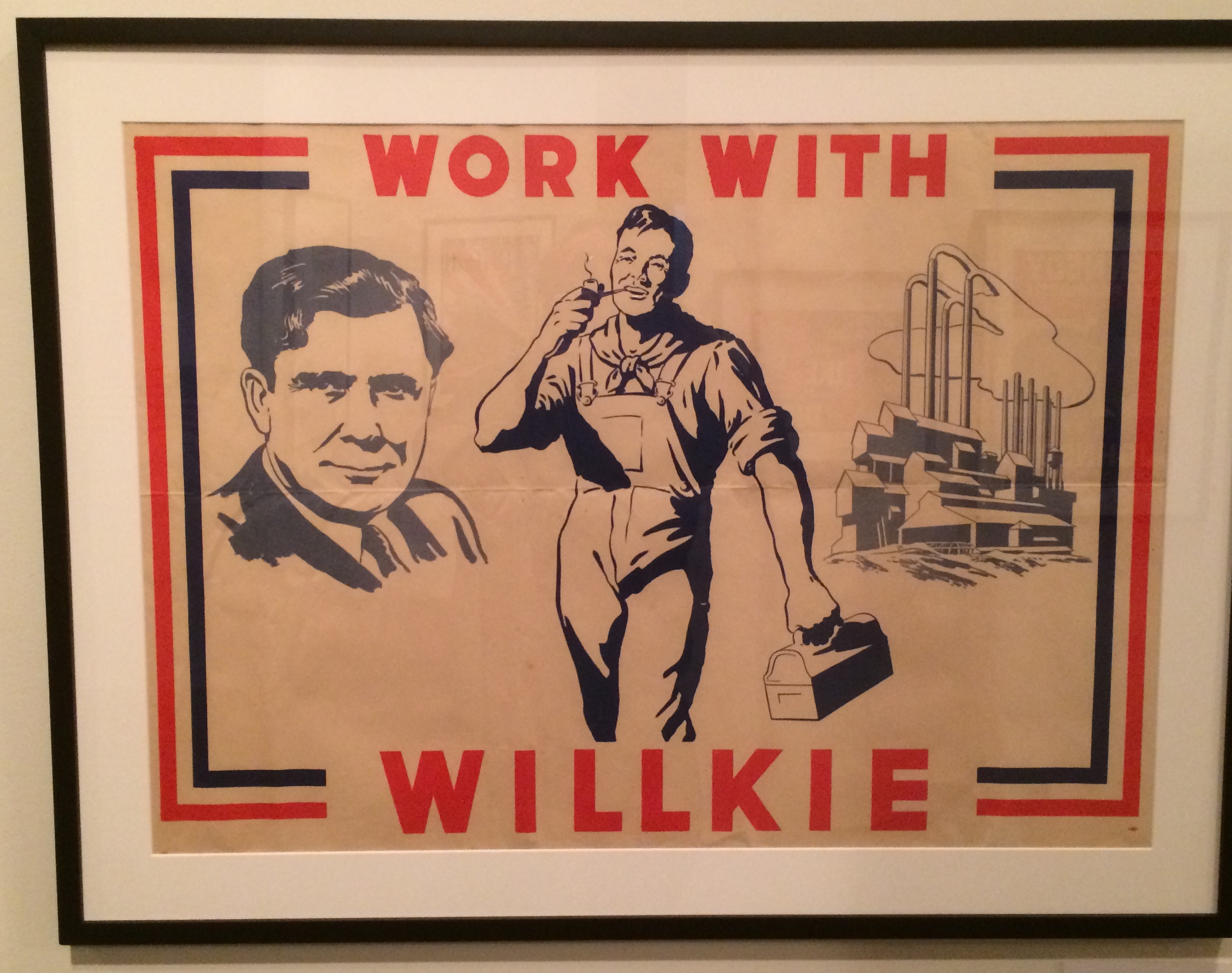
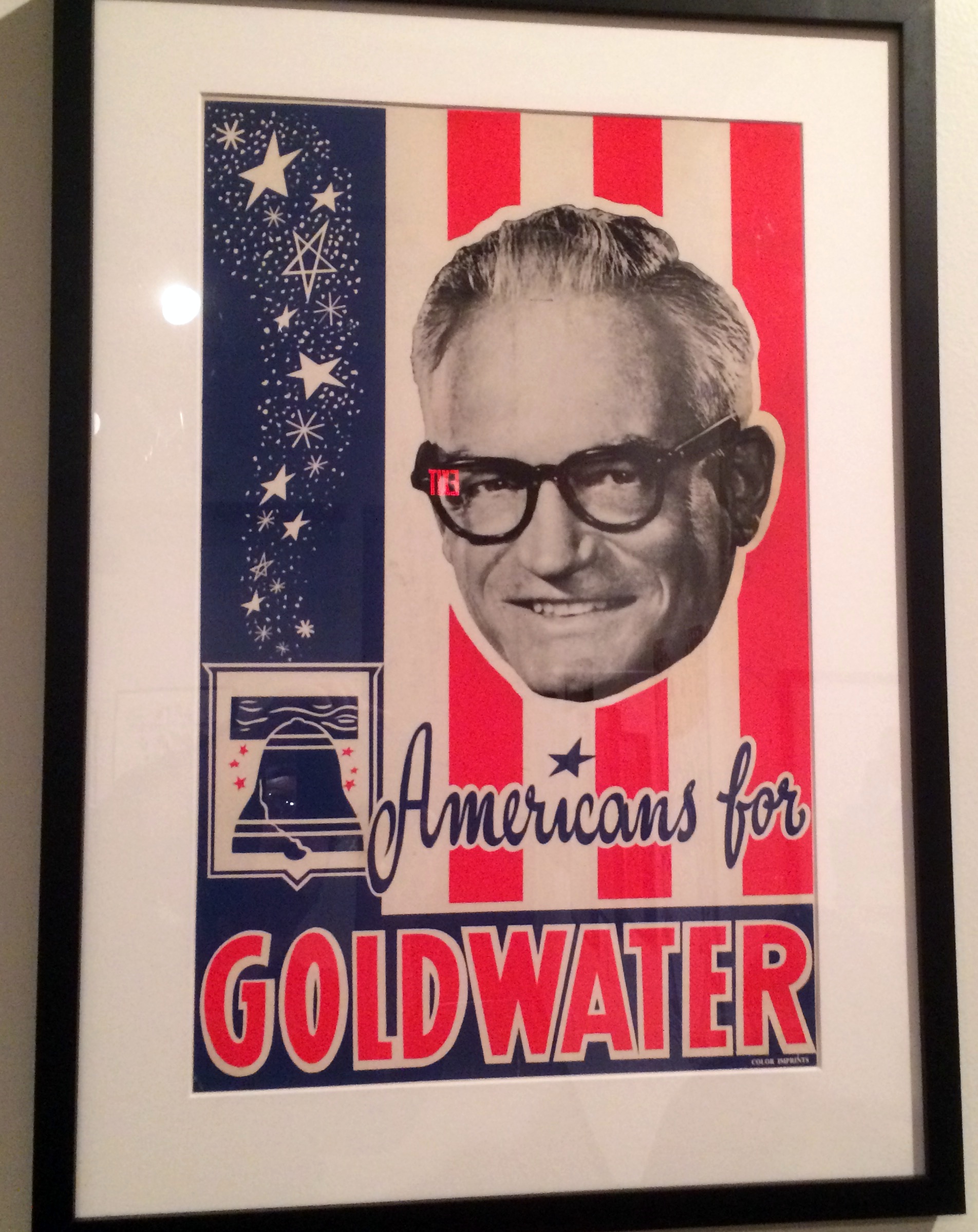

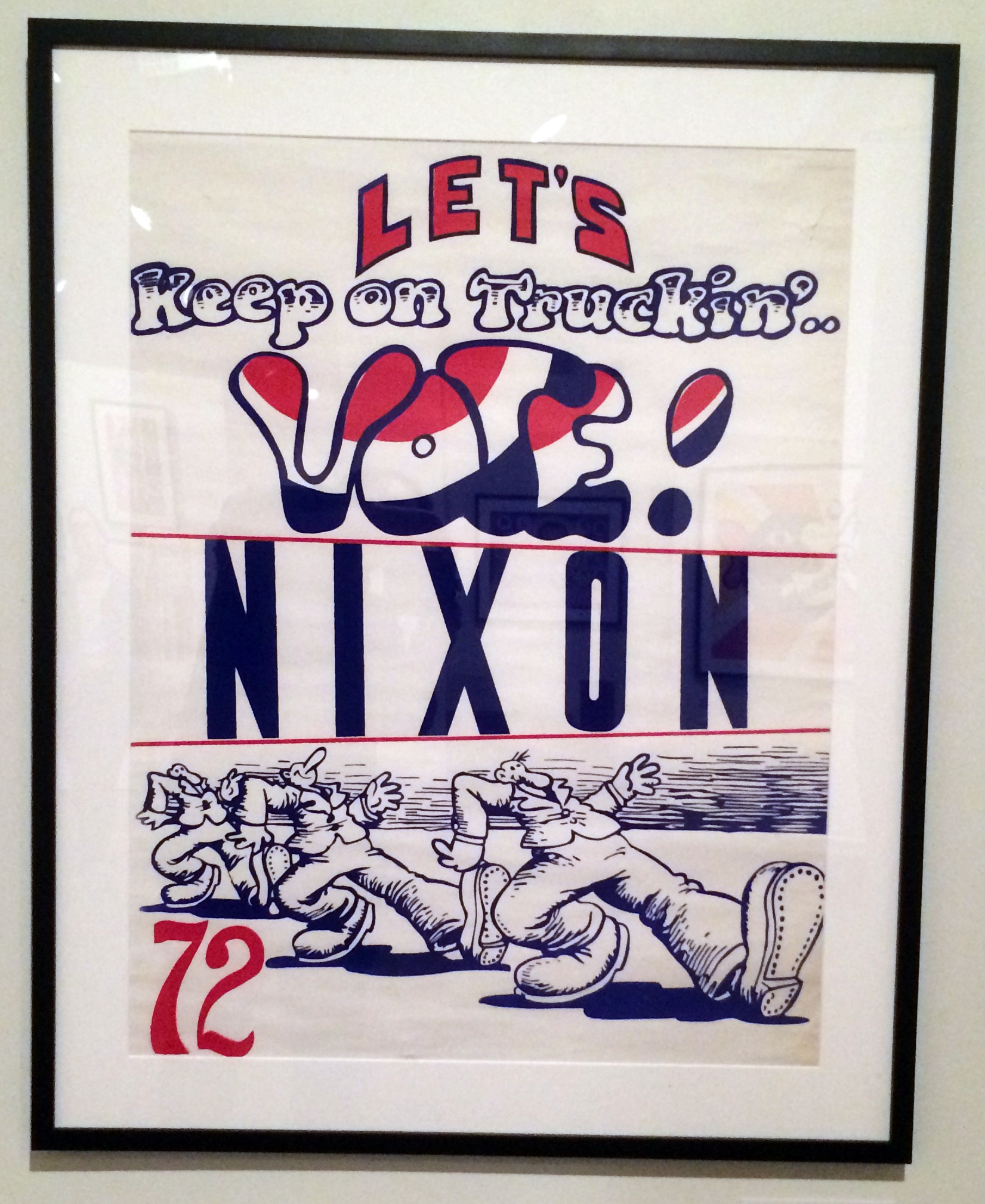
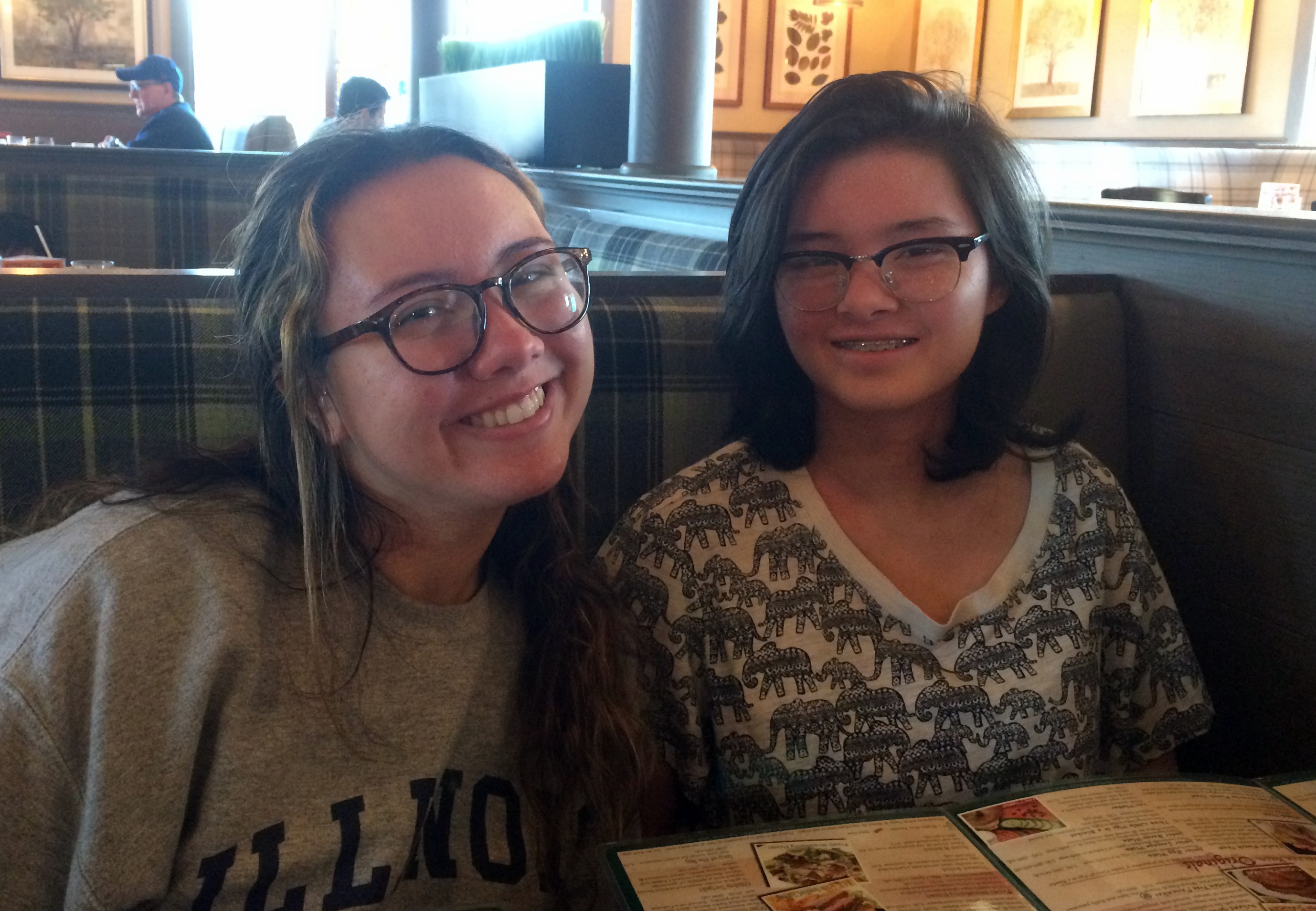
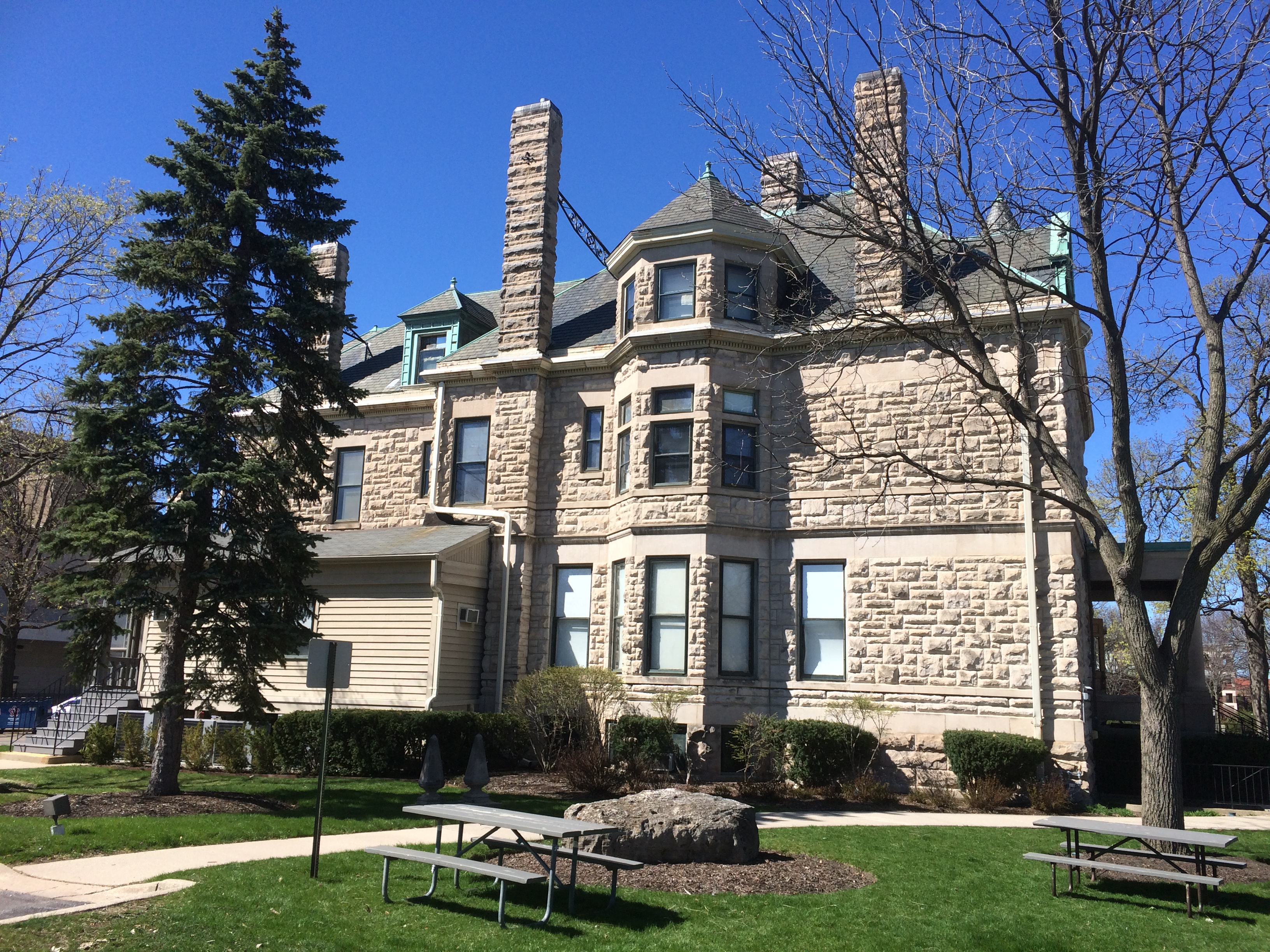
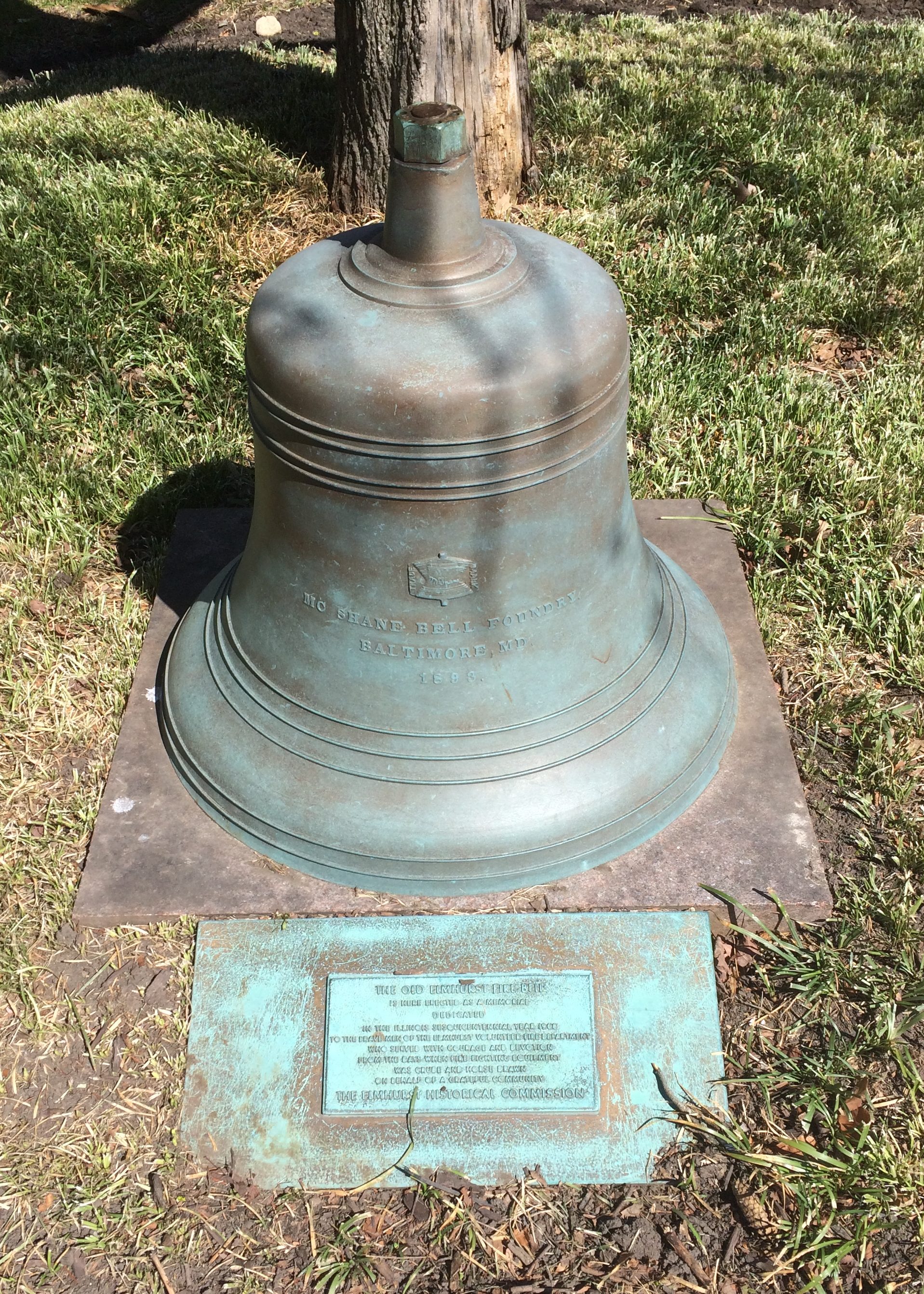
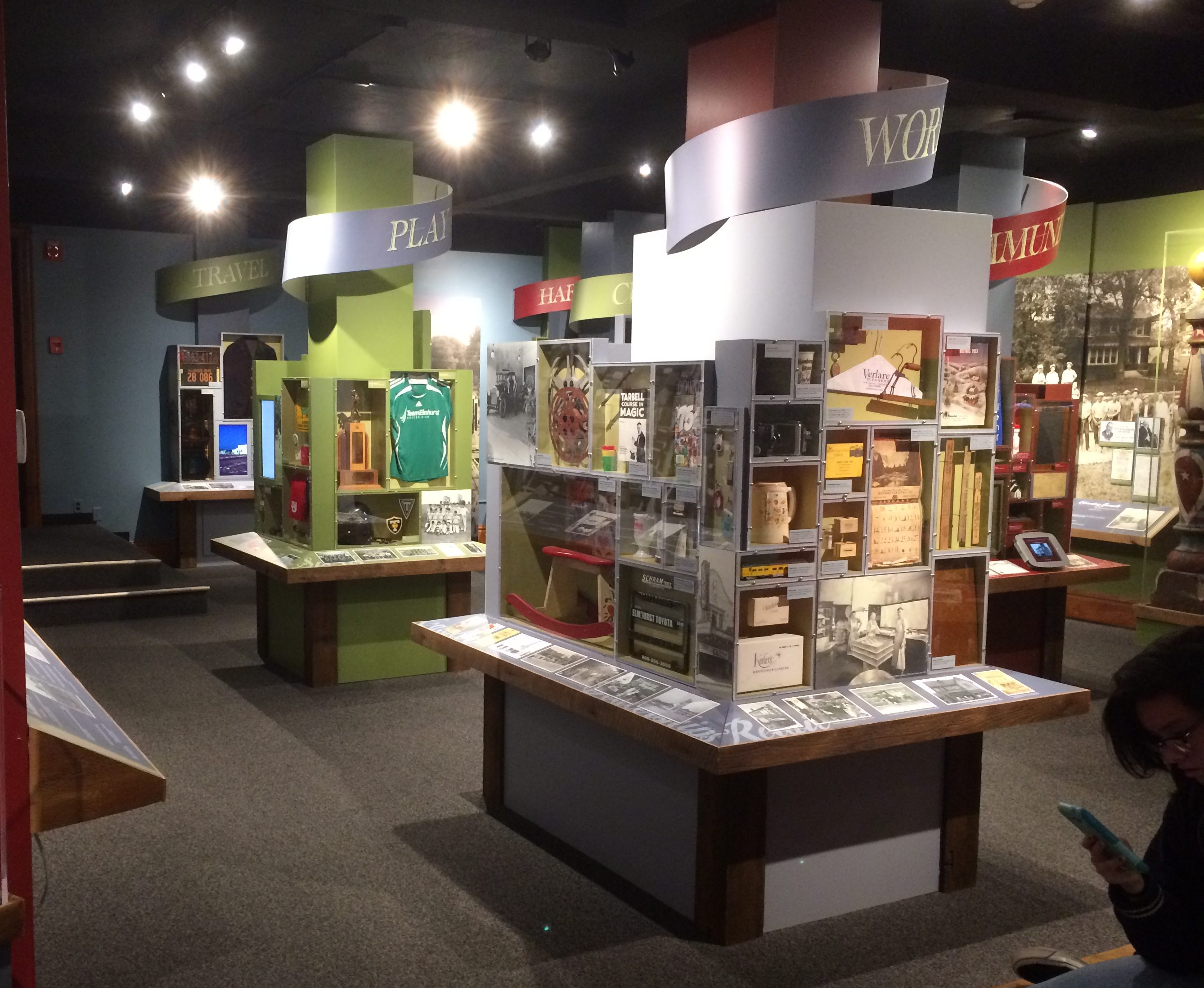
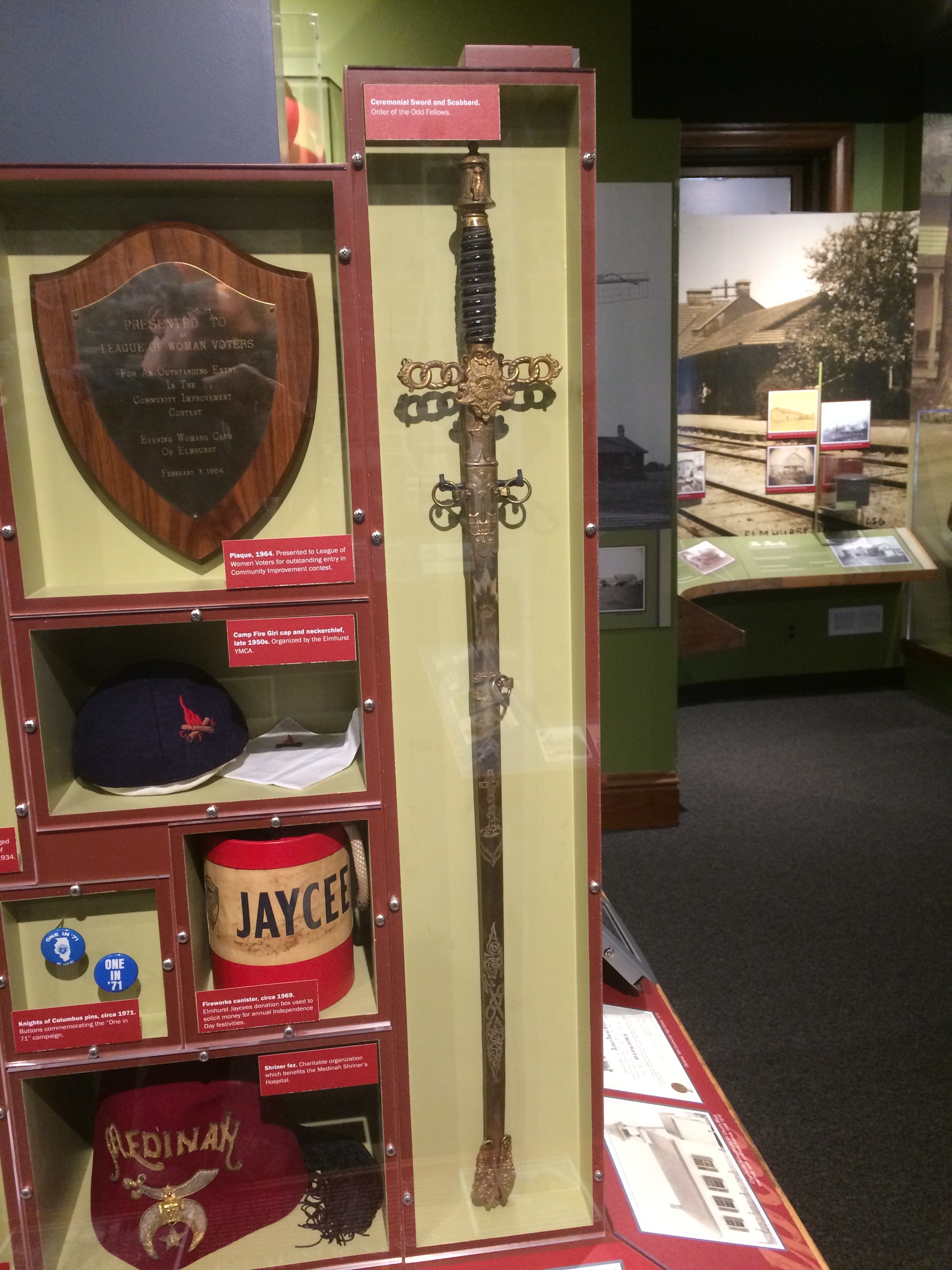
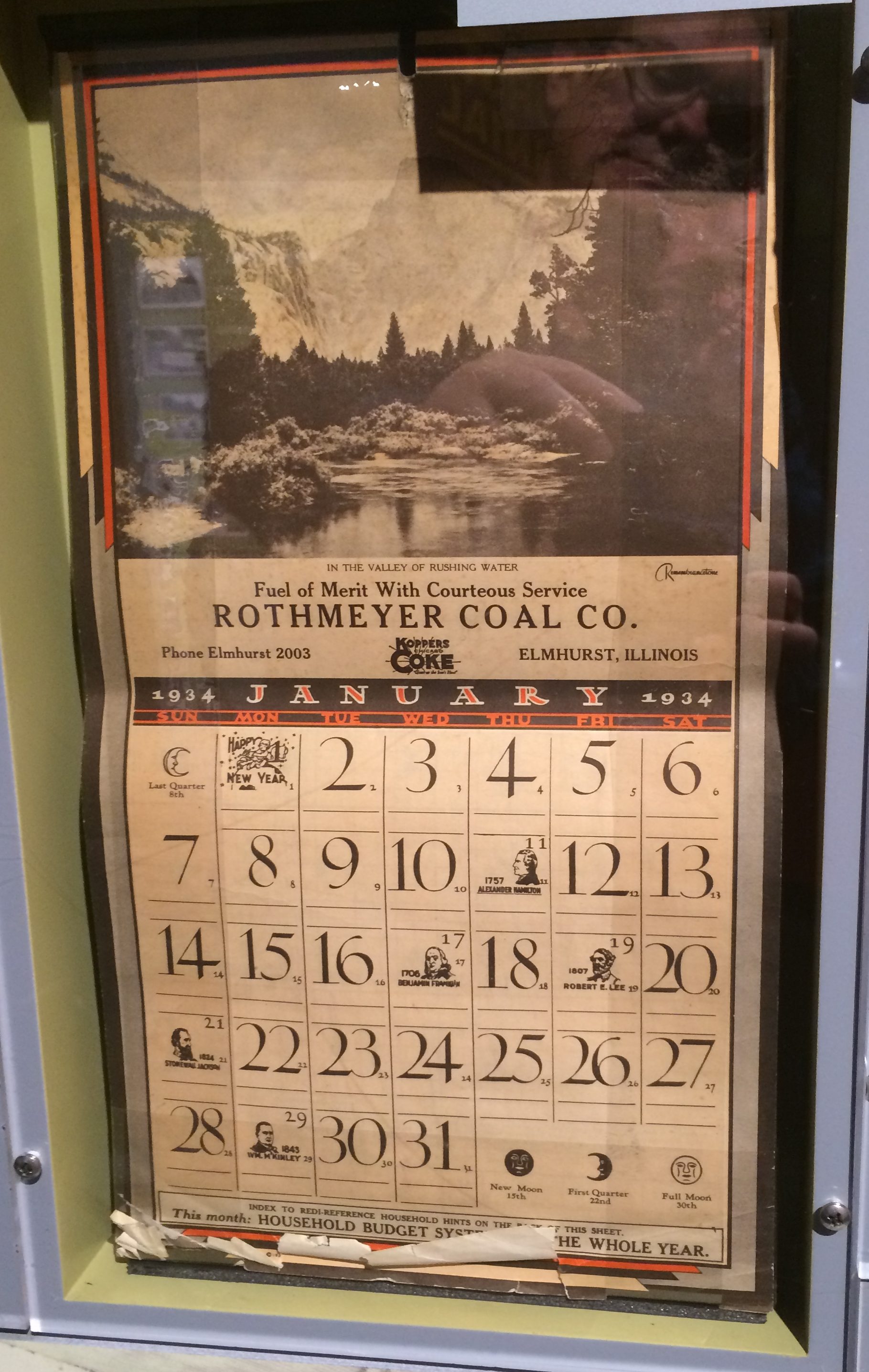

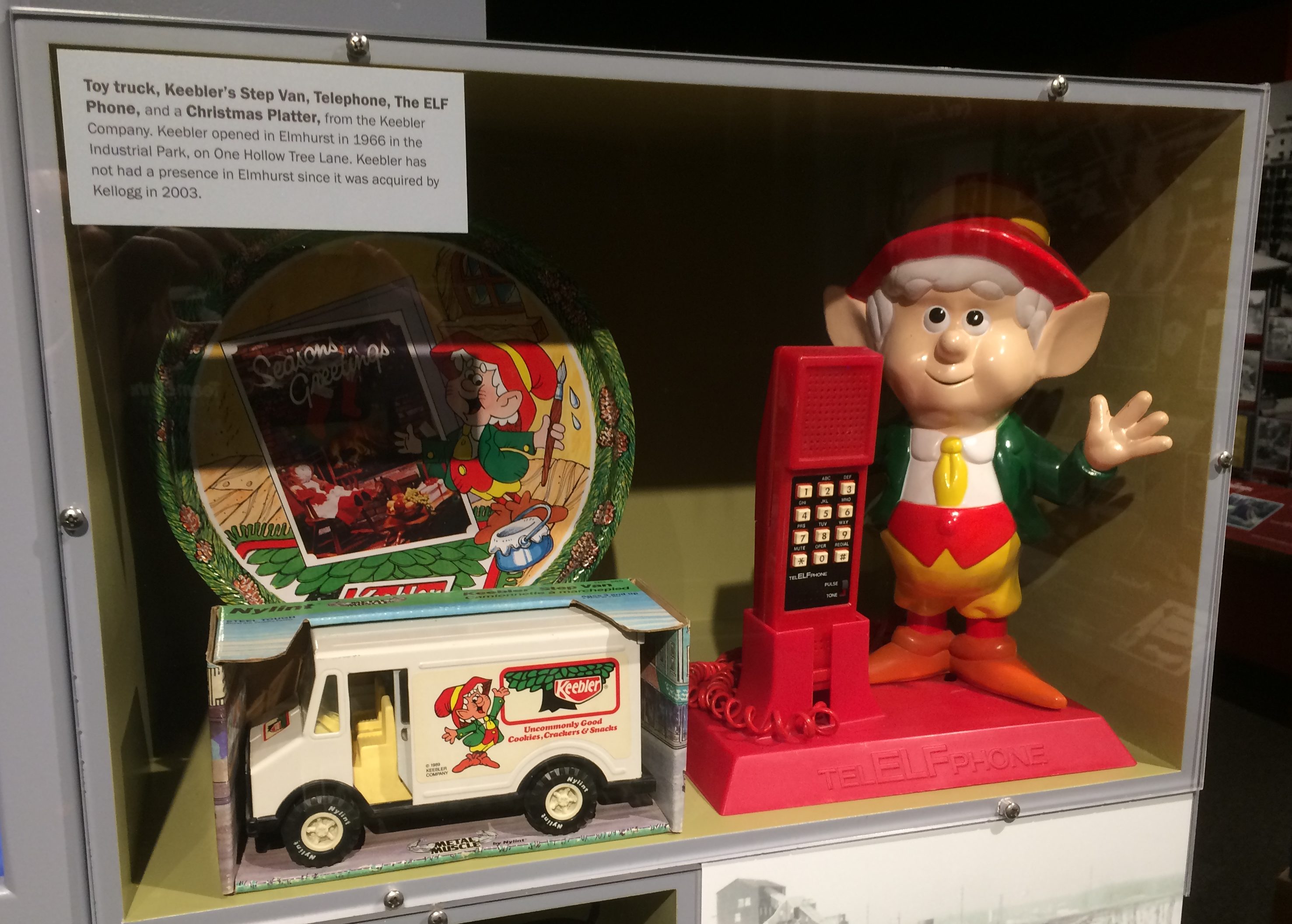
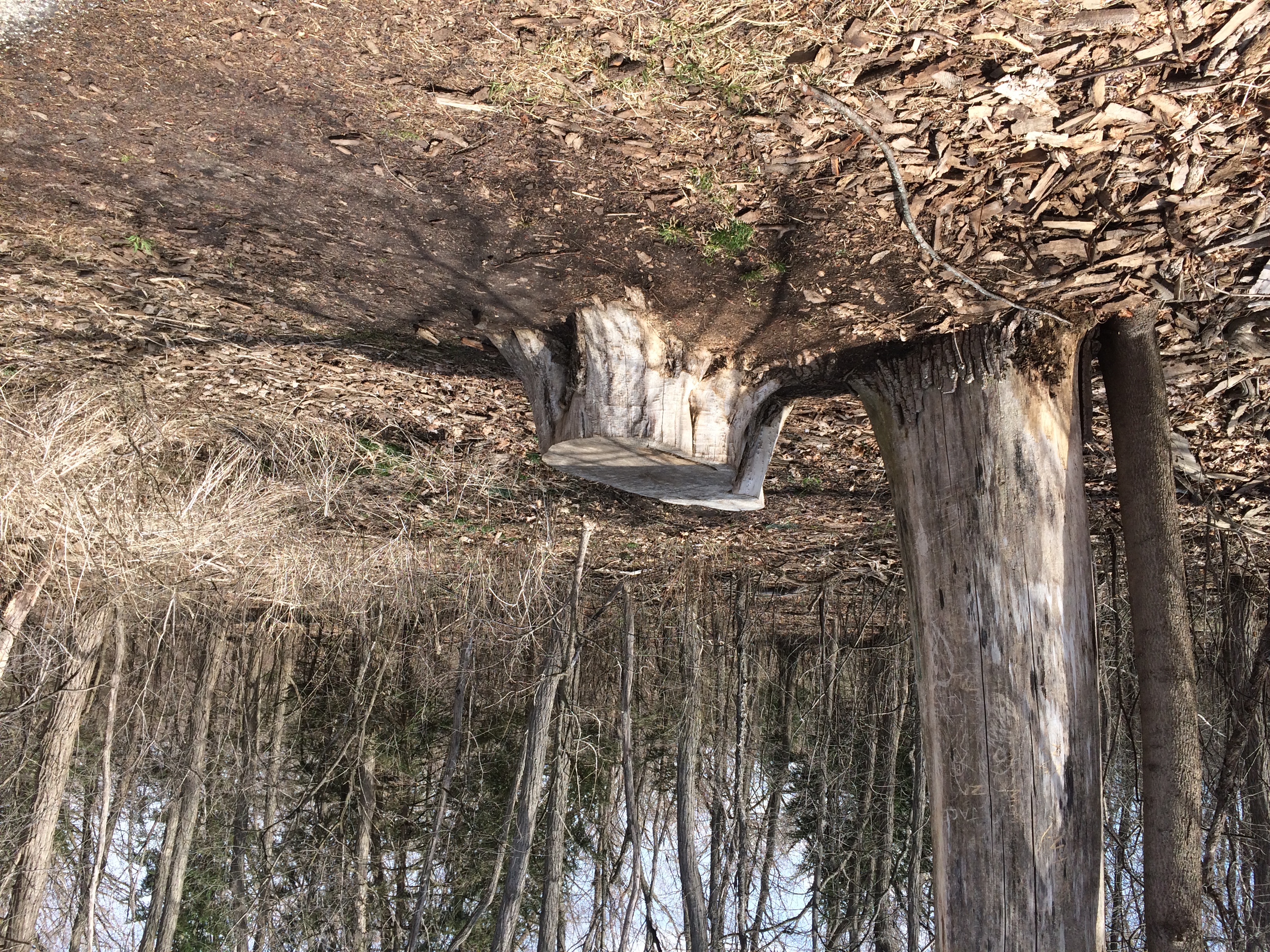
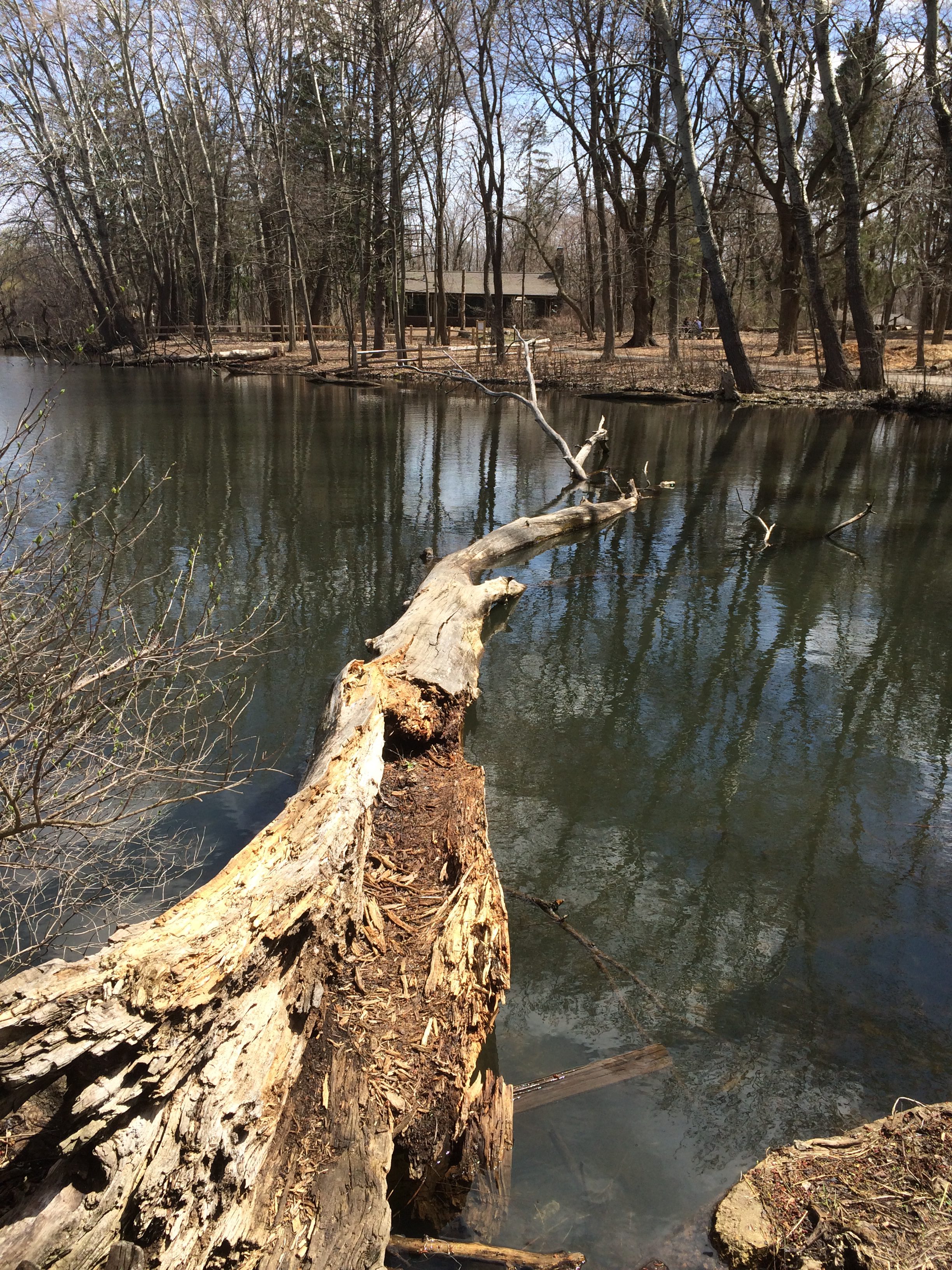

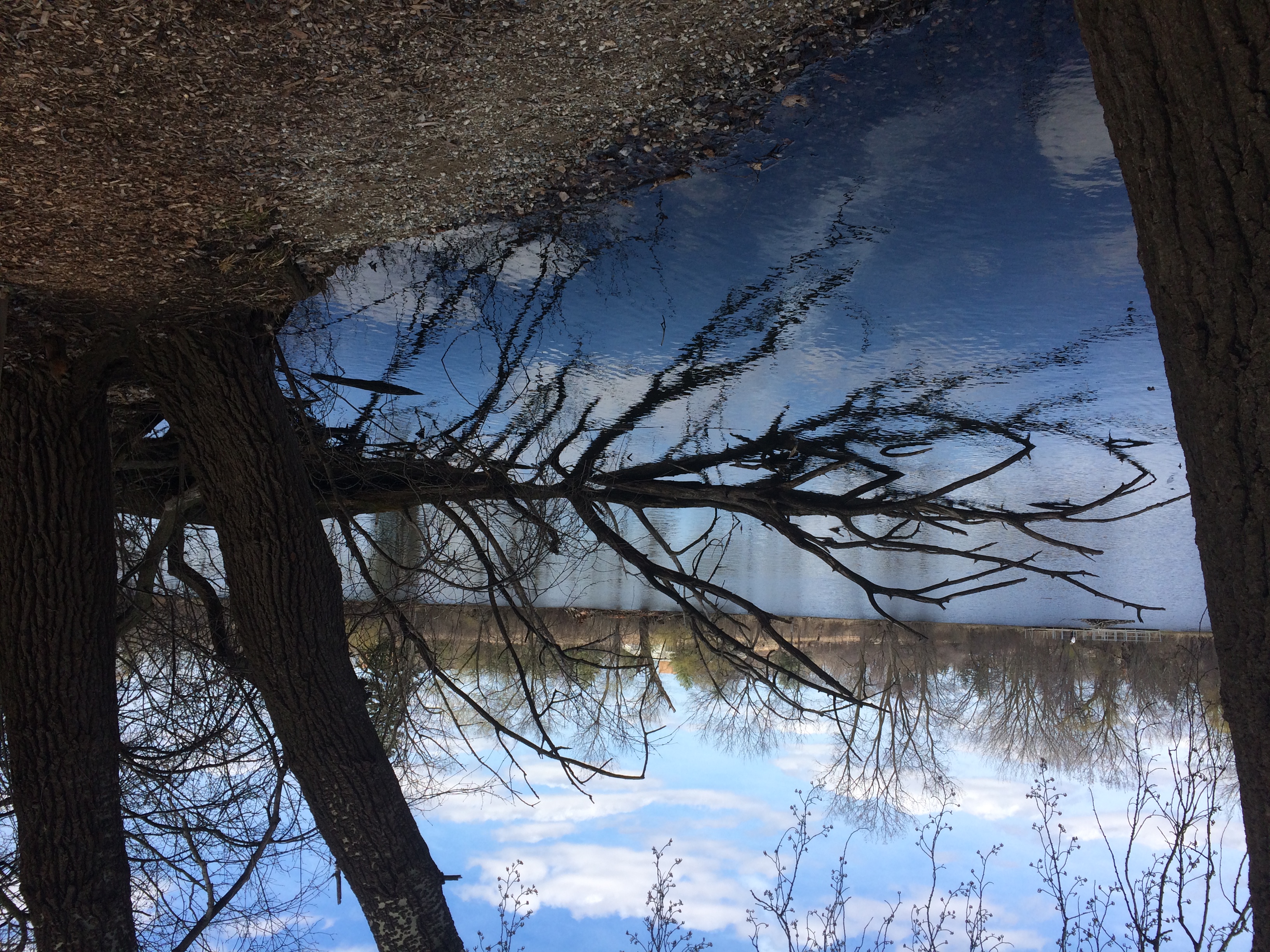
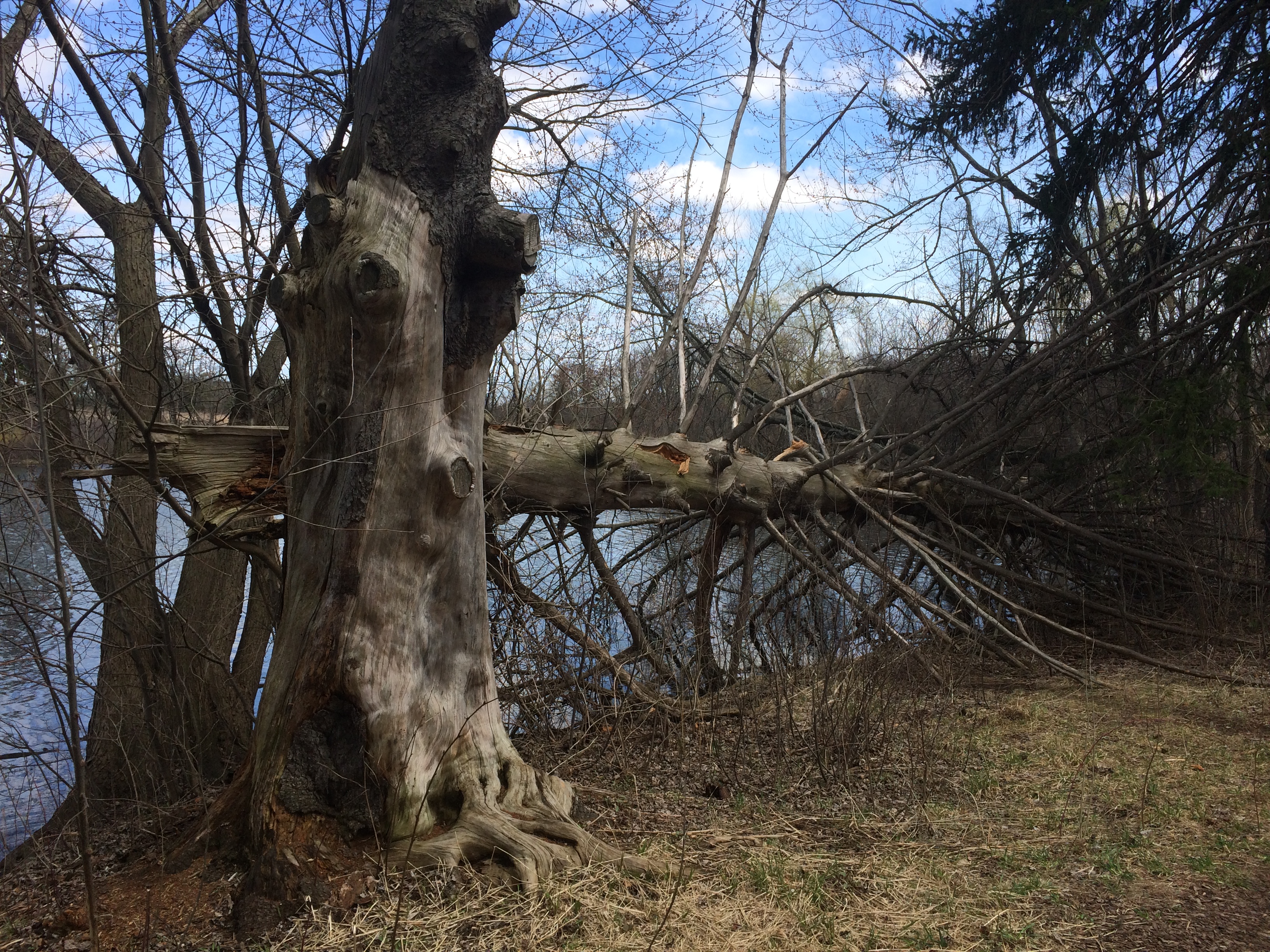 All very nice, but nothing as epic as I saw in
All very nice, but nothing as epic as I saw in 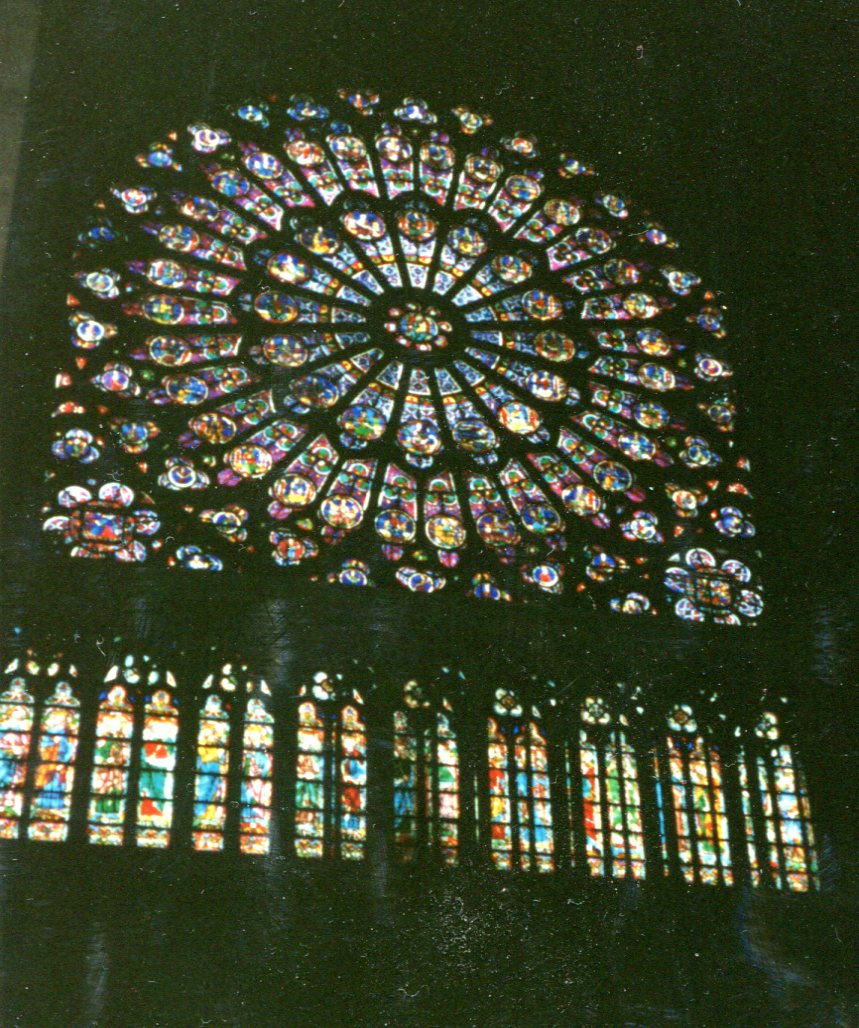
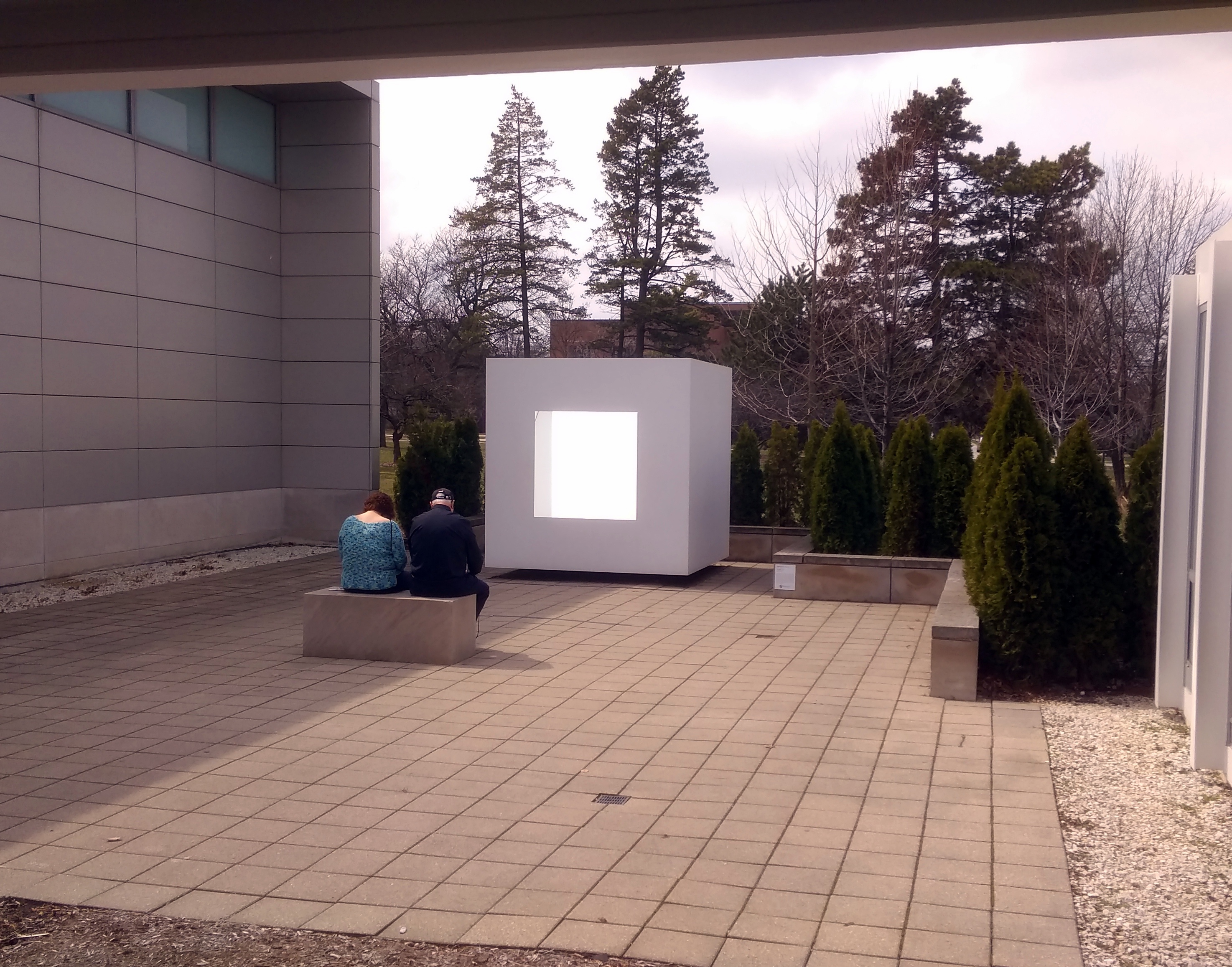

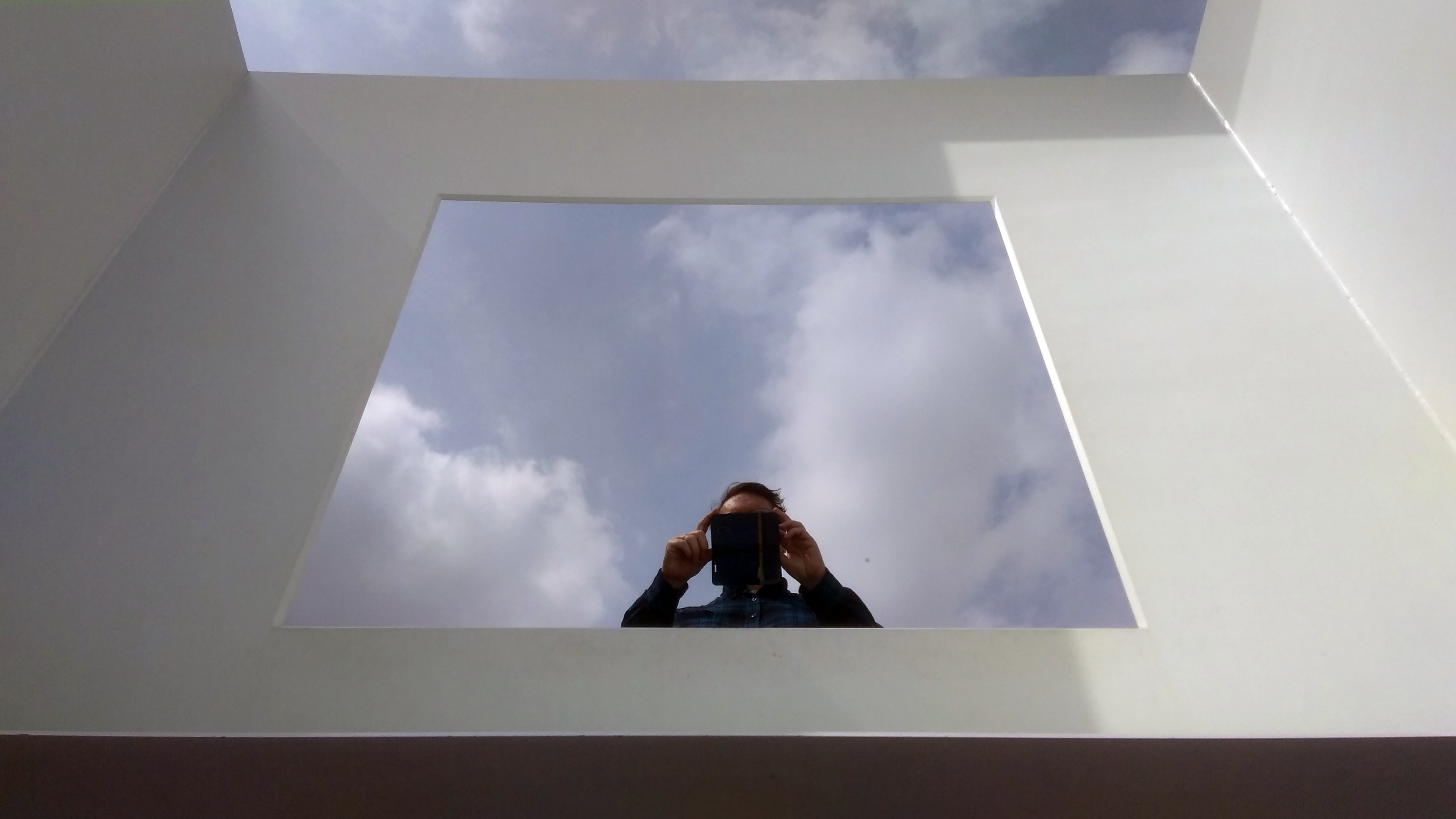
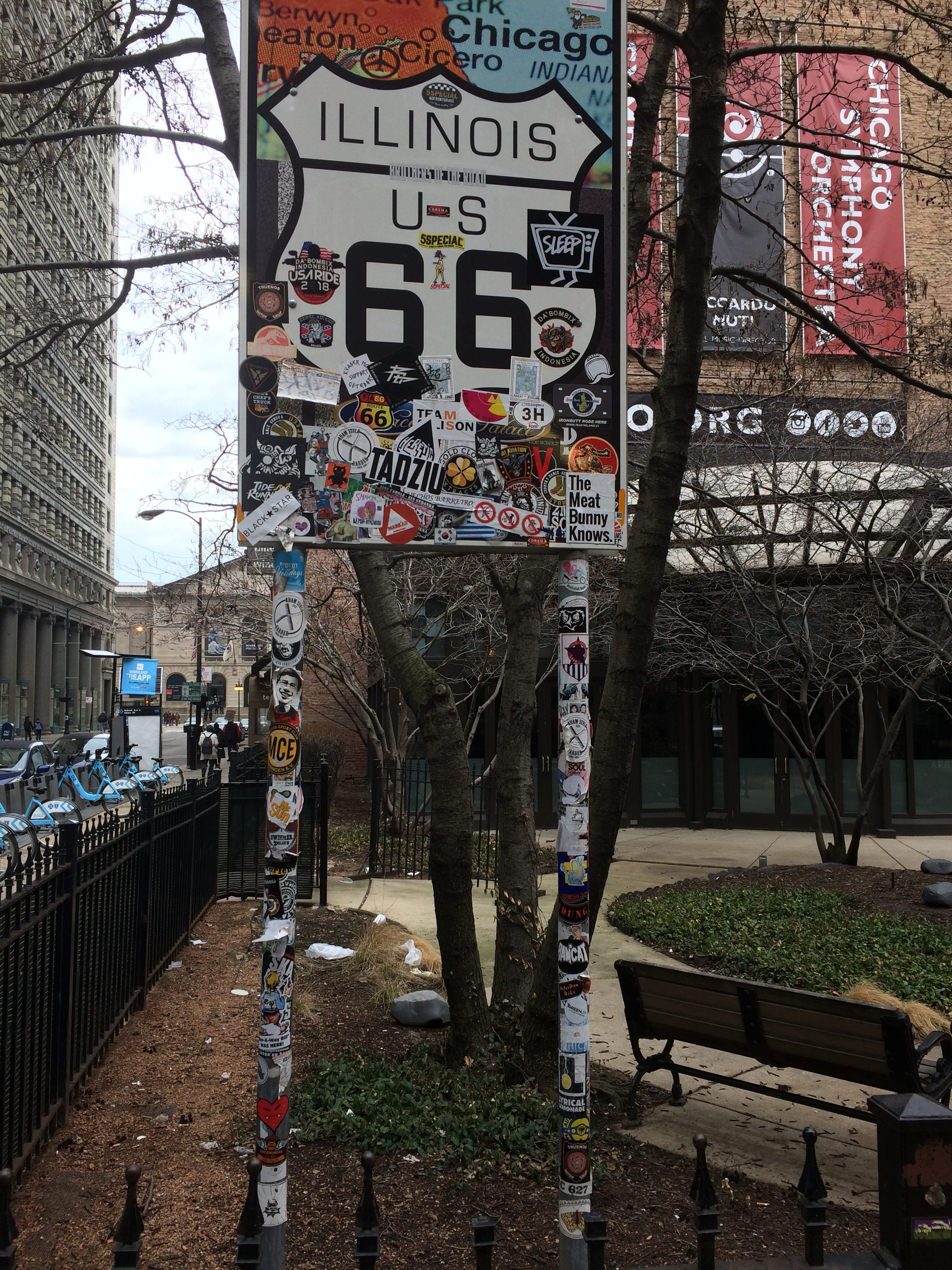

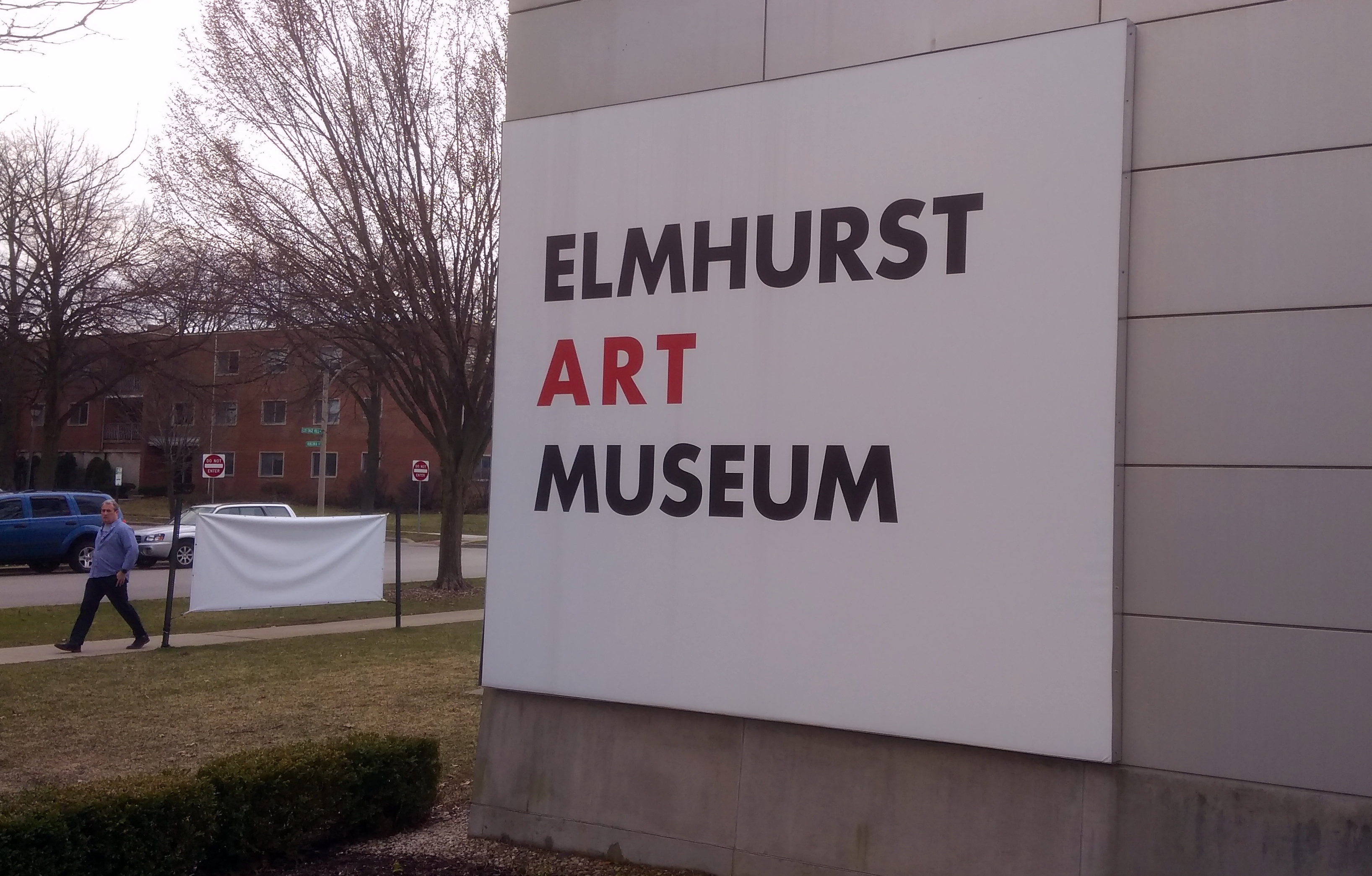
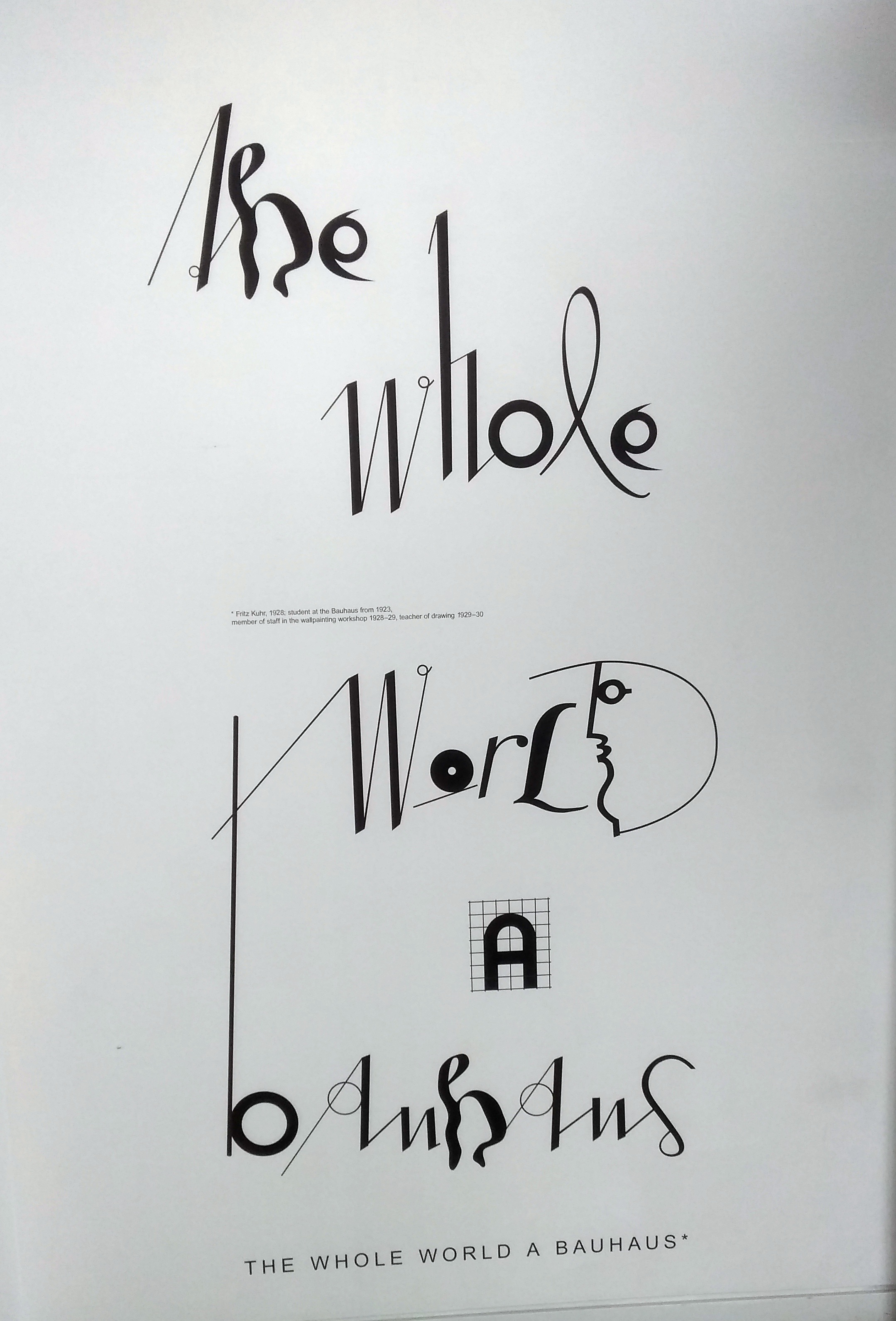
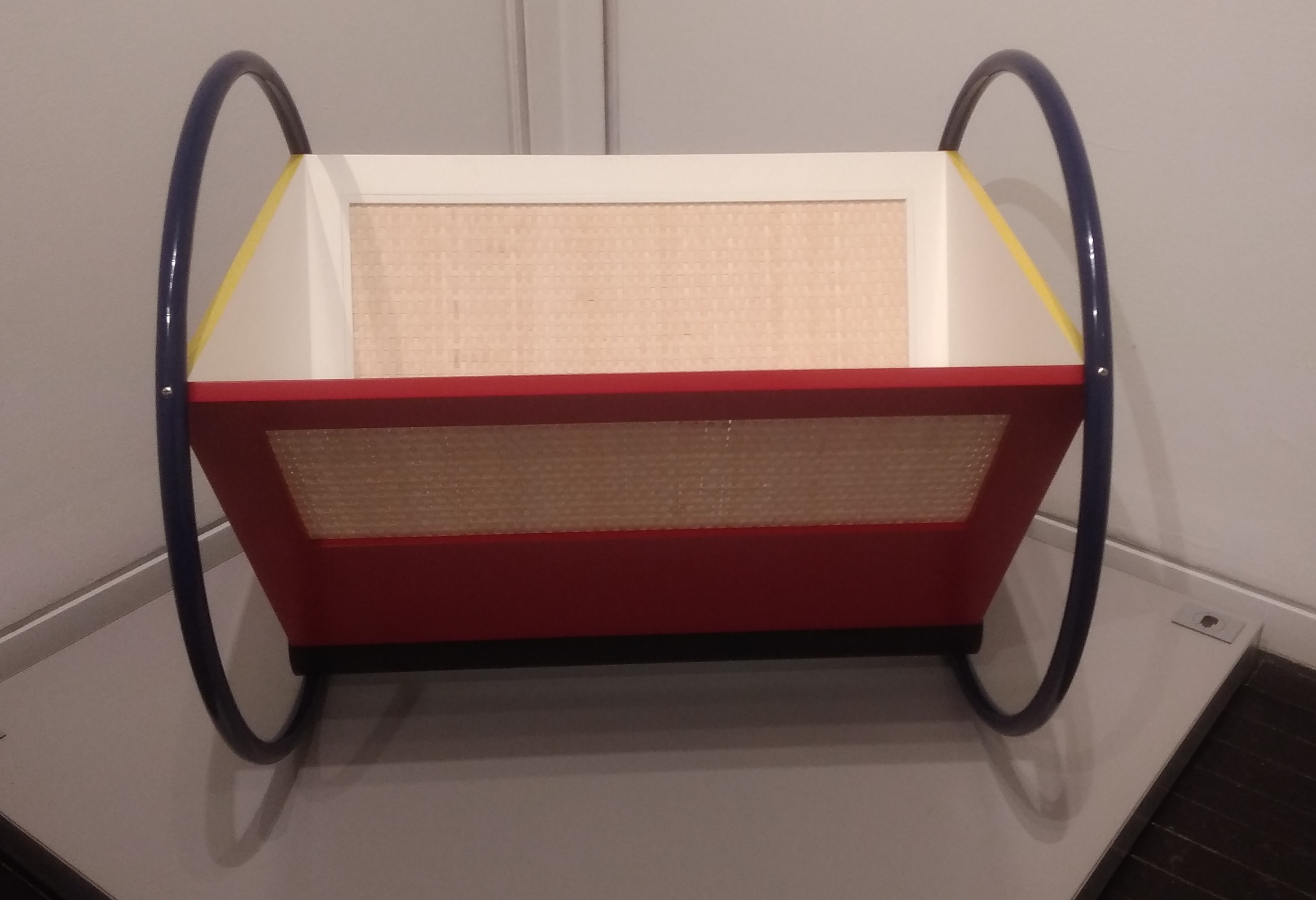
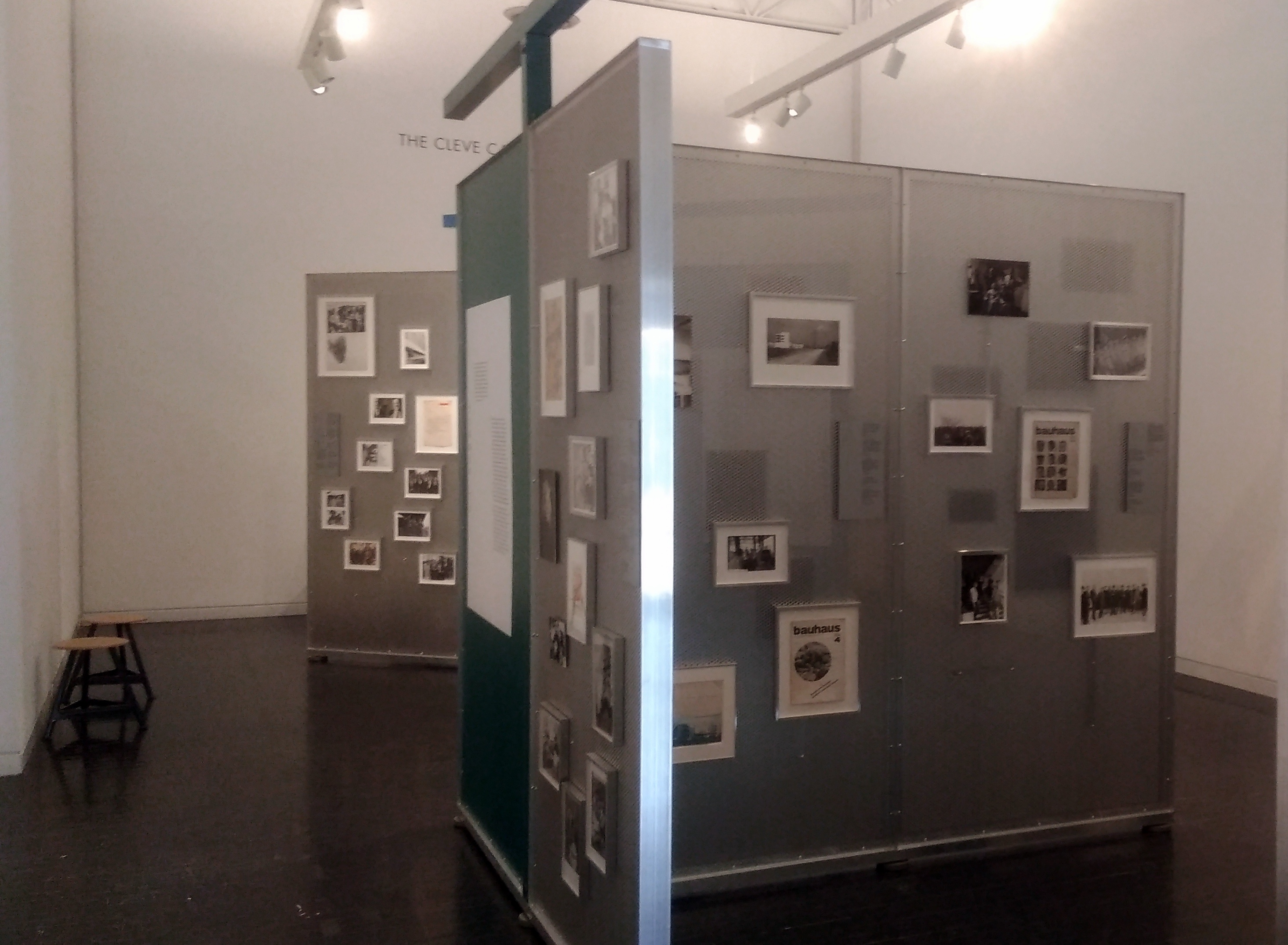 For true Bauhaus nerds, this might be exciting, but the minutiae was a little much for me. For a school that produced a wealth of artful objects, or perhaps elegant industrial objects, The Whole World A Bauhaus had relatively few of them on display. Fewer pictures of Bauhaus types at work and play and more Bauhaus output to examine in person would have improved the show.
For true Bauhaus nerds, this might be exciting, but the minutiae was a little much for me. For a school that produced a wealth of artful objects, or perhaps elegant industrial objects, The Whole World A Bauhaus had relatively few of them on display. Fewer pictures of Bauhaus types at work and play and more Bauhaus output to examine in person would have improved the show.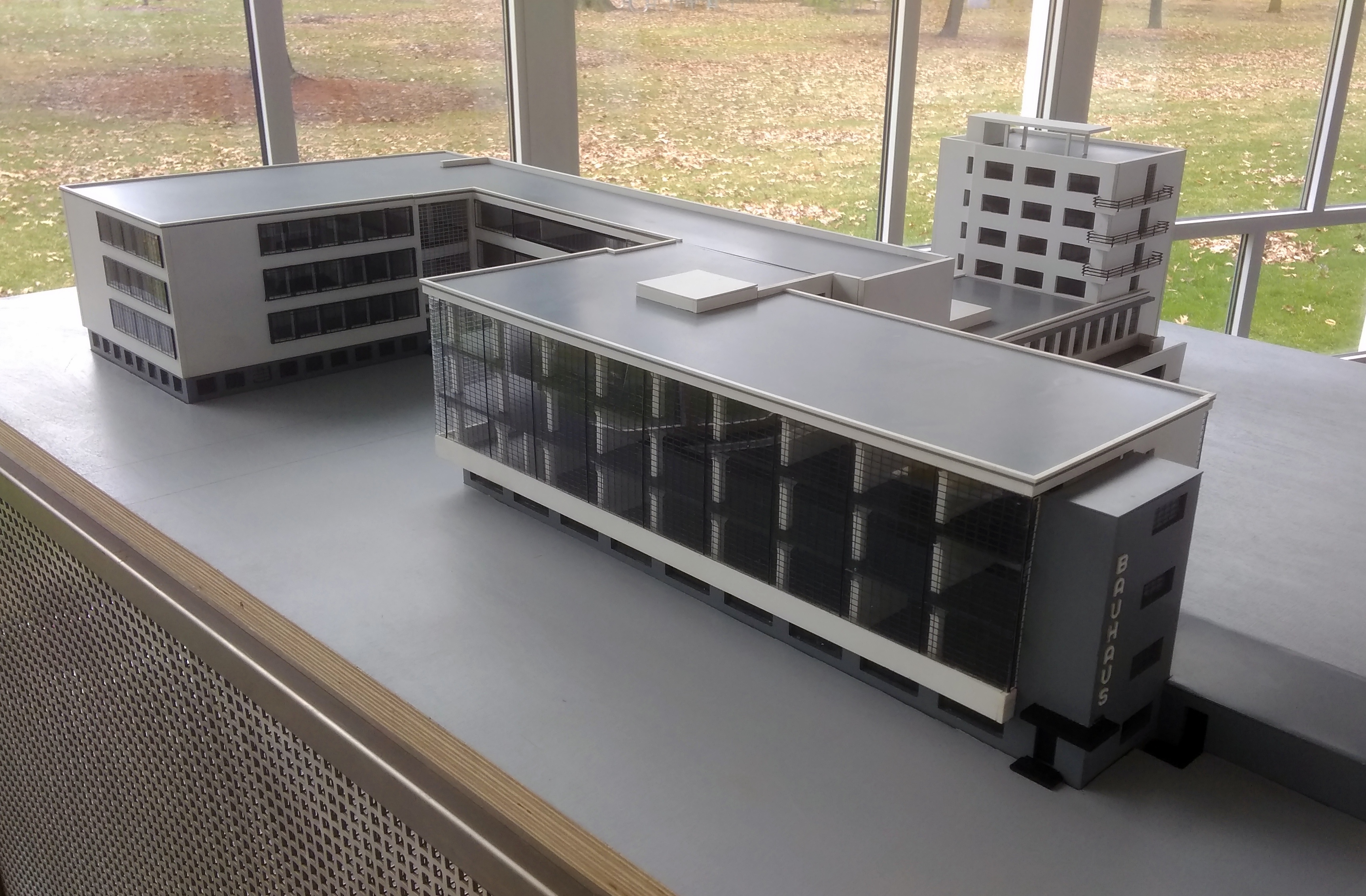
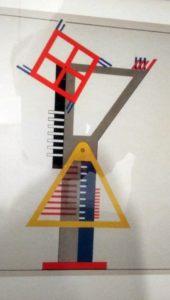
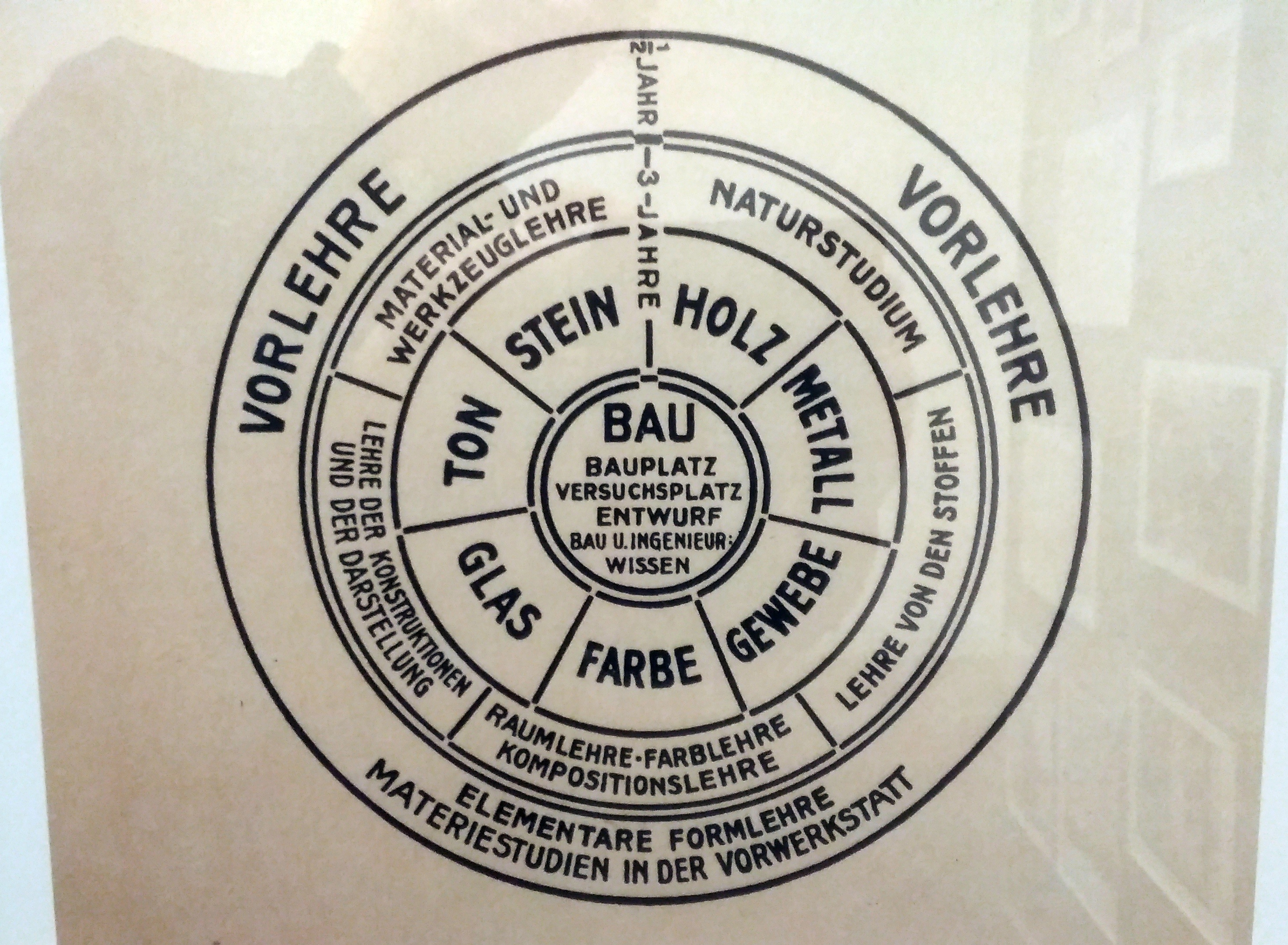 I wondered for a moment how the Elmhurst Art Museum bagged the only U.S. visit by this exhibition, and figured there were a few reasons. The Chicago area has strong ties to modernism, for one thing, but a few rooms of Bauhaus might get lost in a larger venue like the Art Institute.
I wondered for a moment how the Elmhurst Art Museum bagged the only U.S. visit by this exhibition, and figured there were a few reasons. The Chicago area has strong ties to modernism, for one thing, but a few rooms of Bauhaus might get lost in a larger venue like the Art Institute.